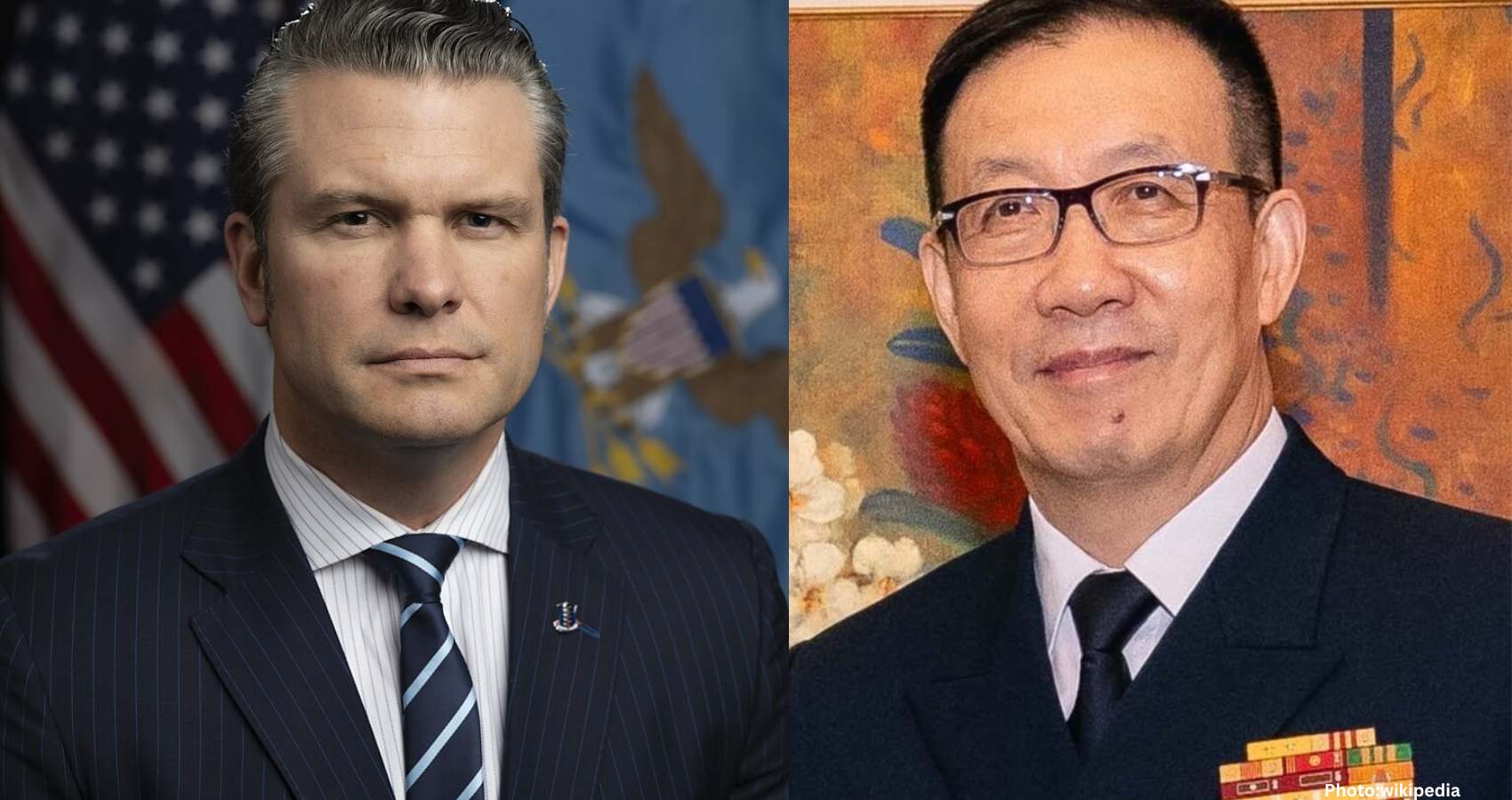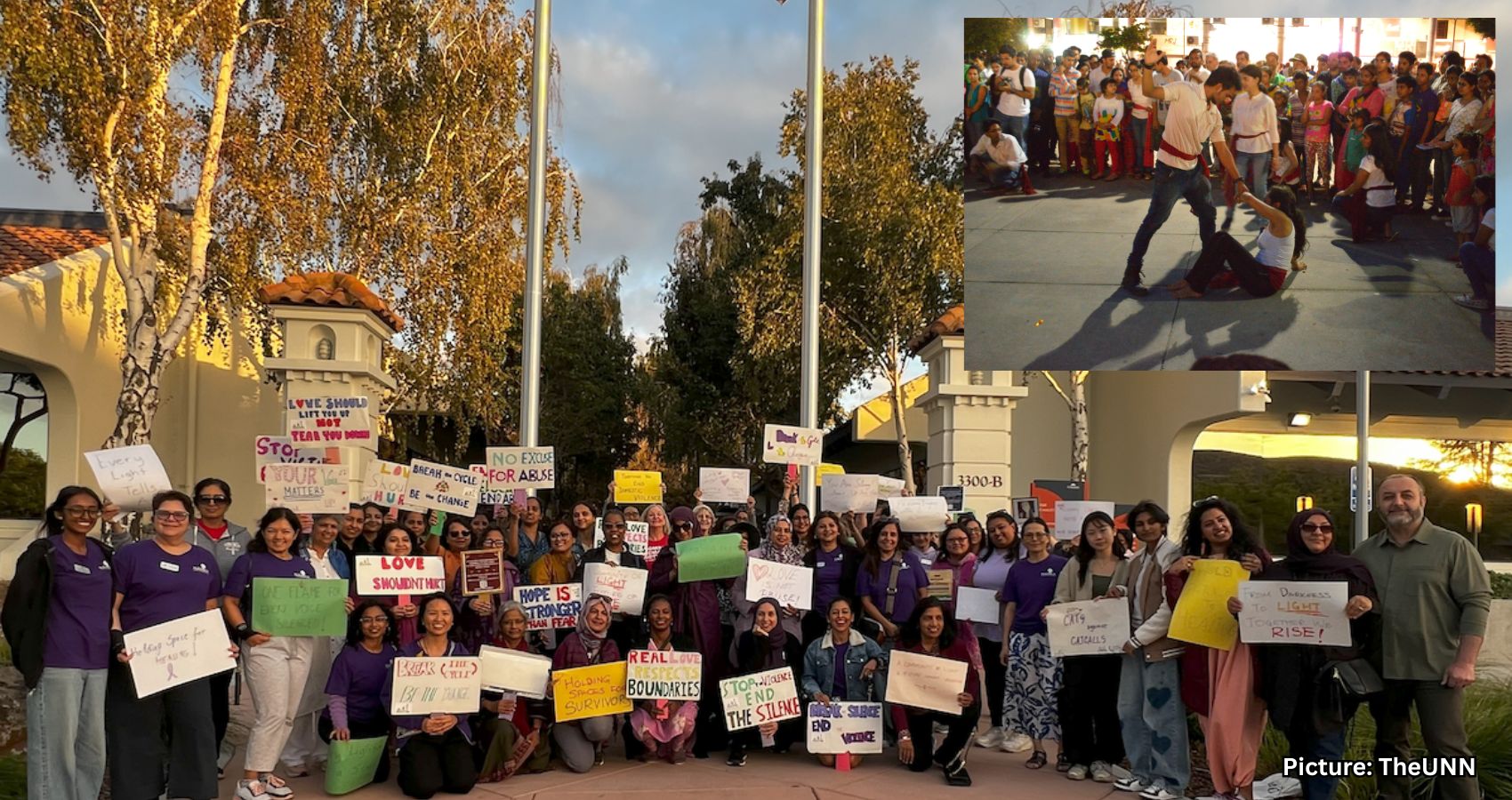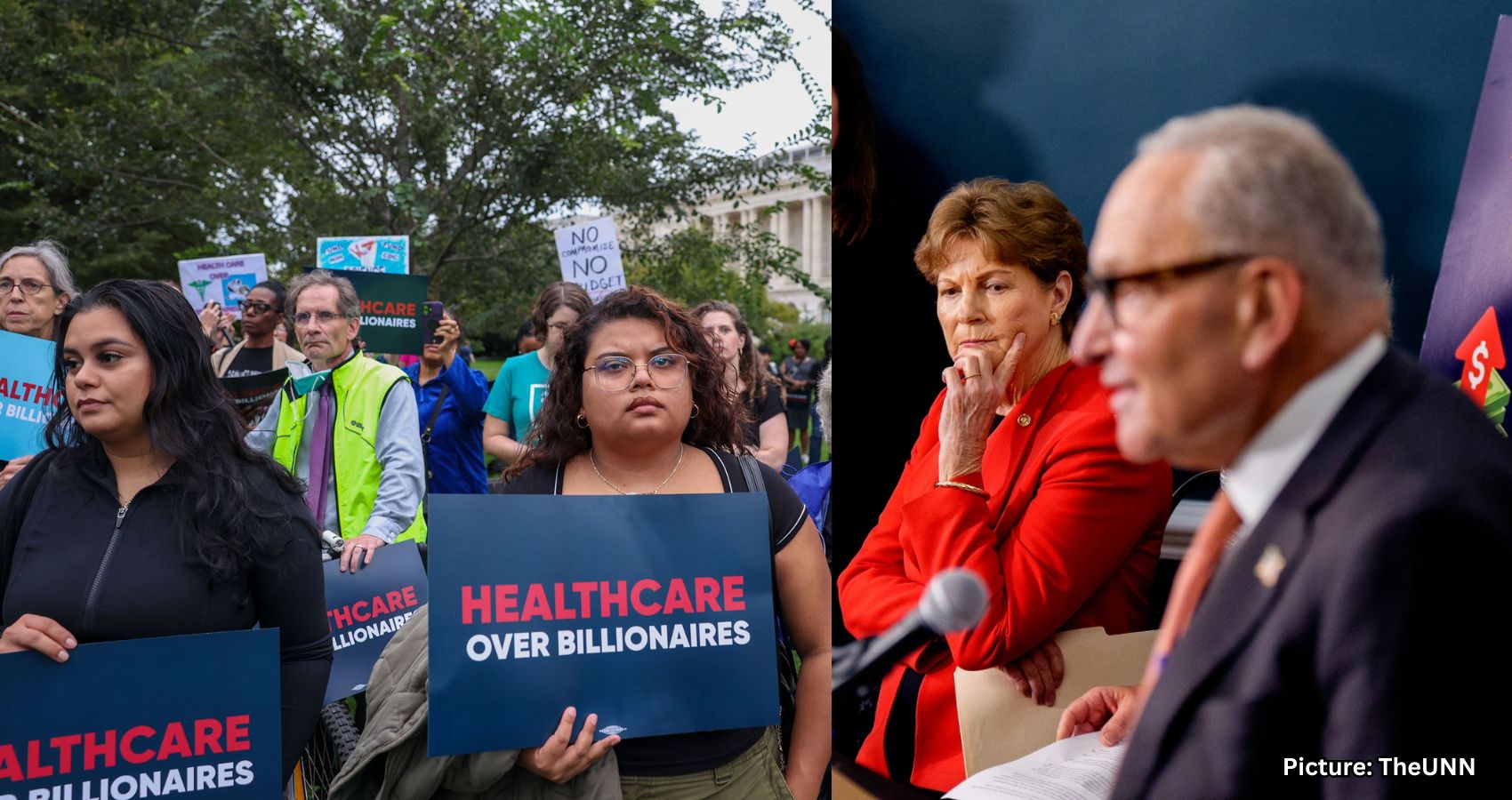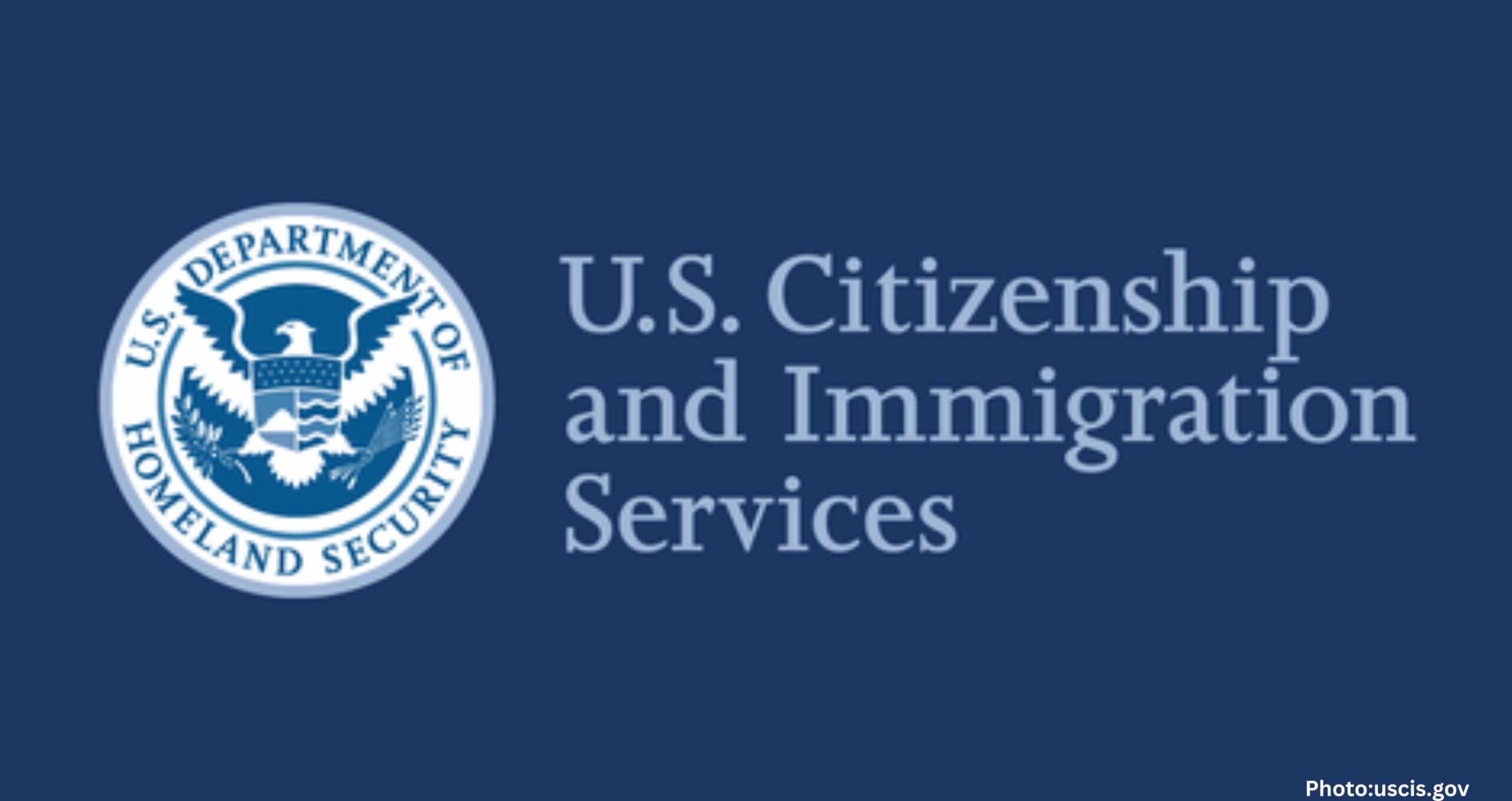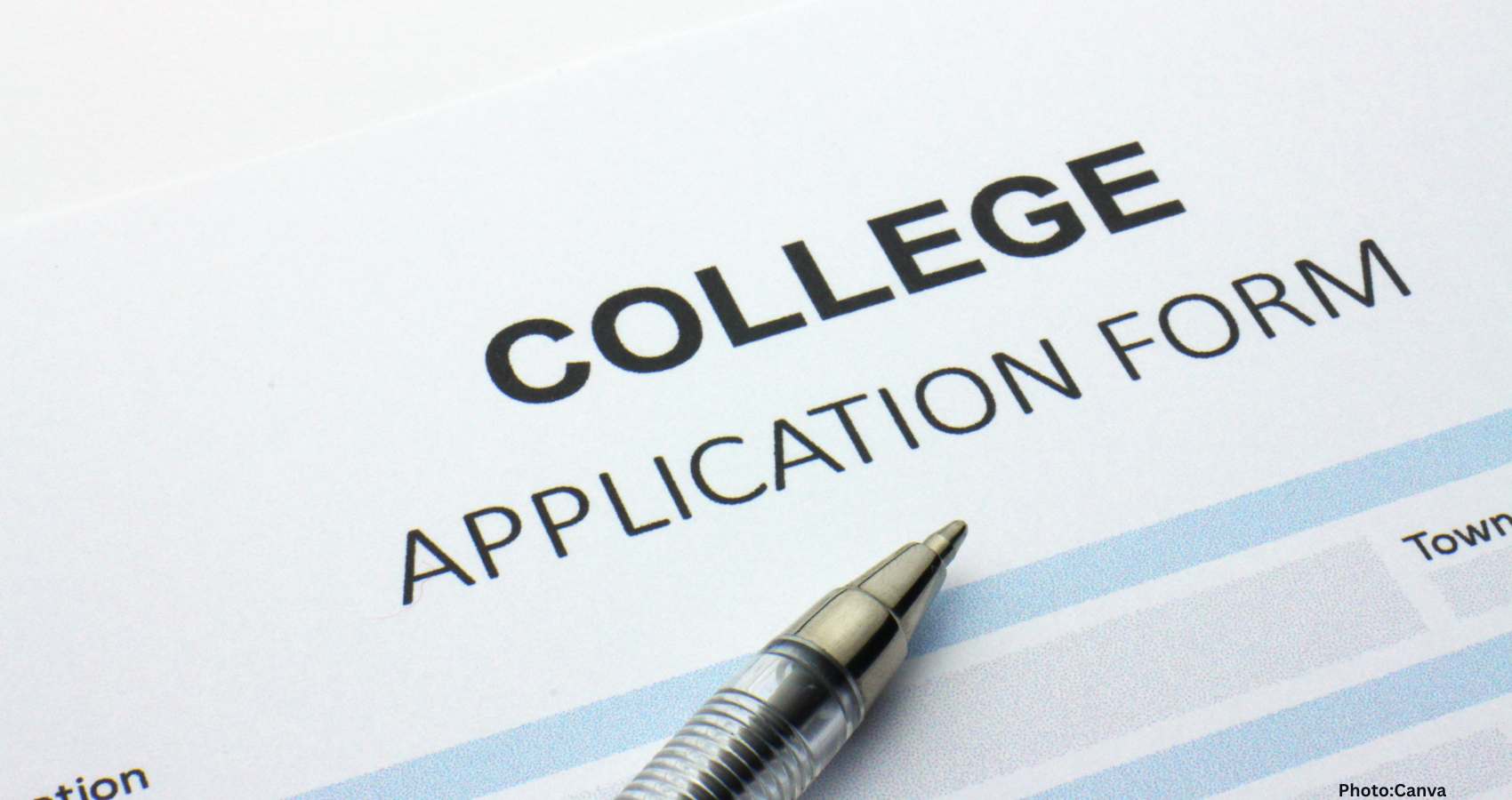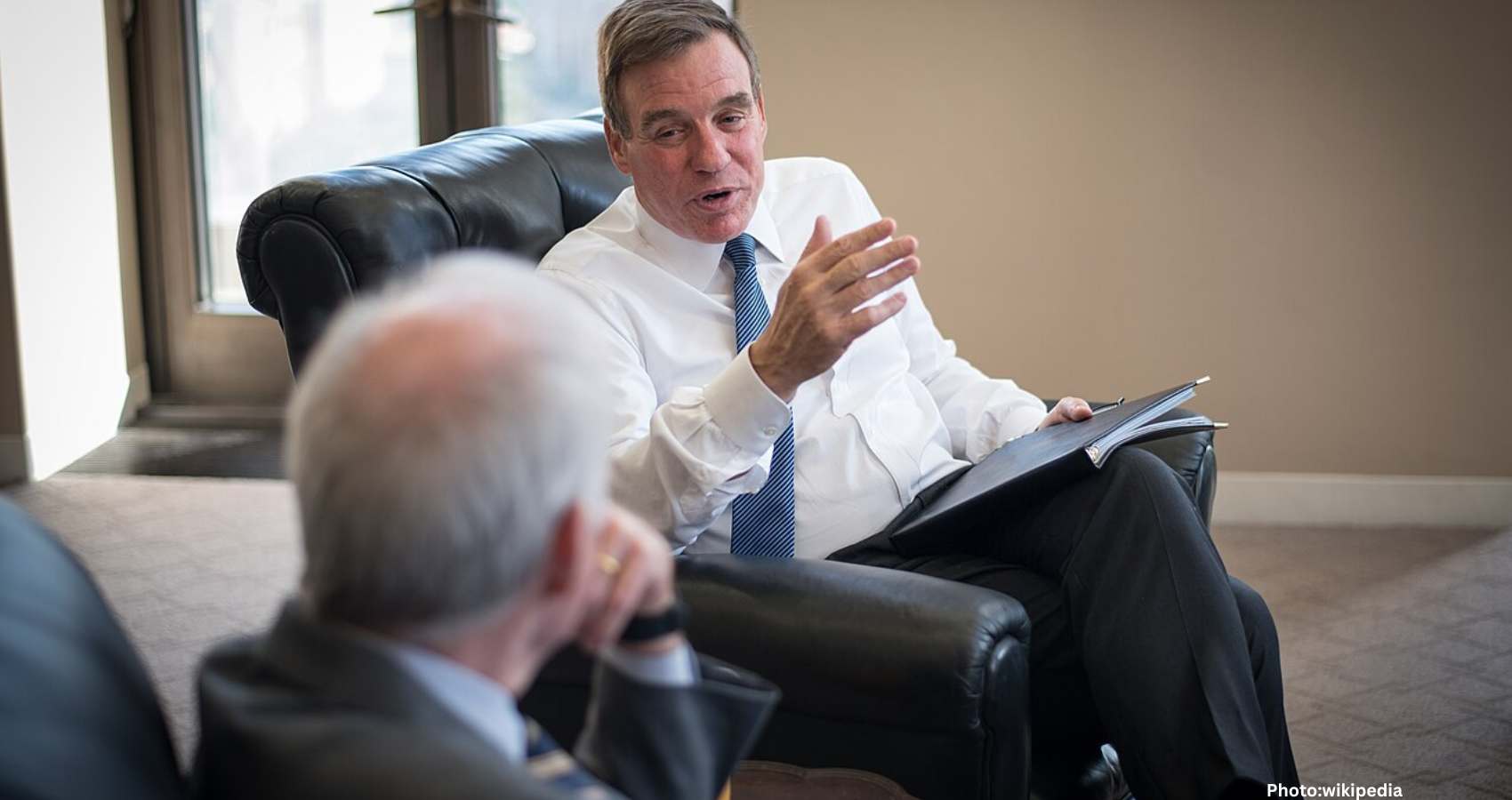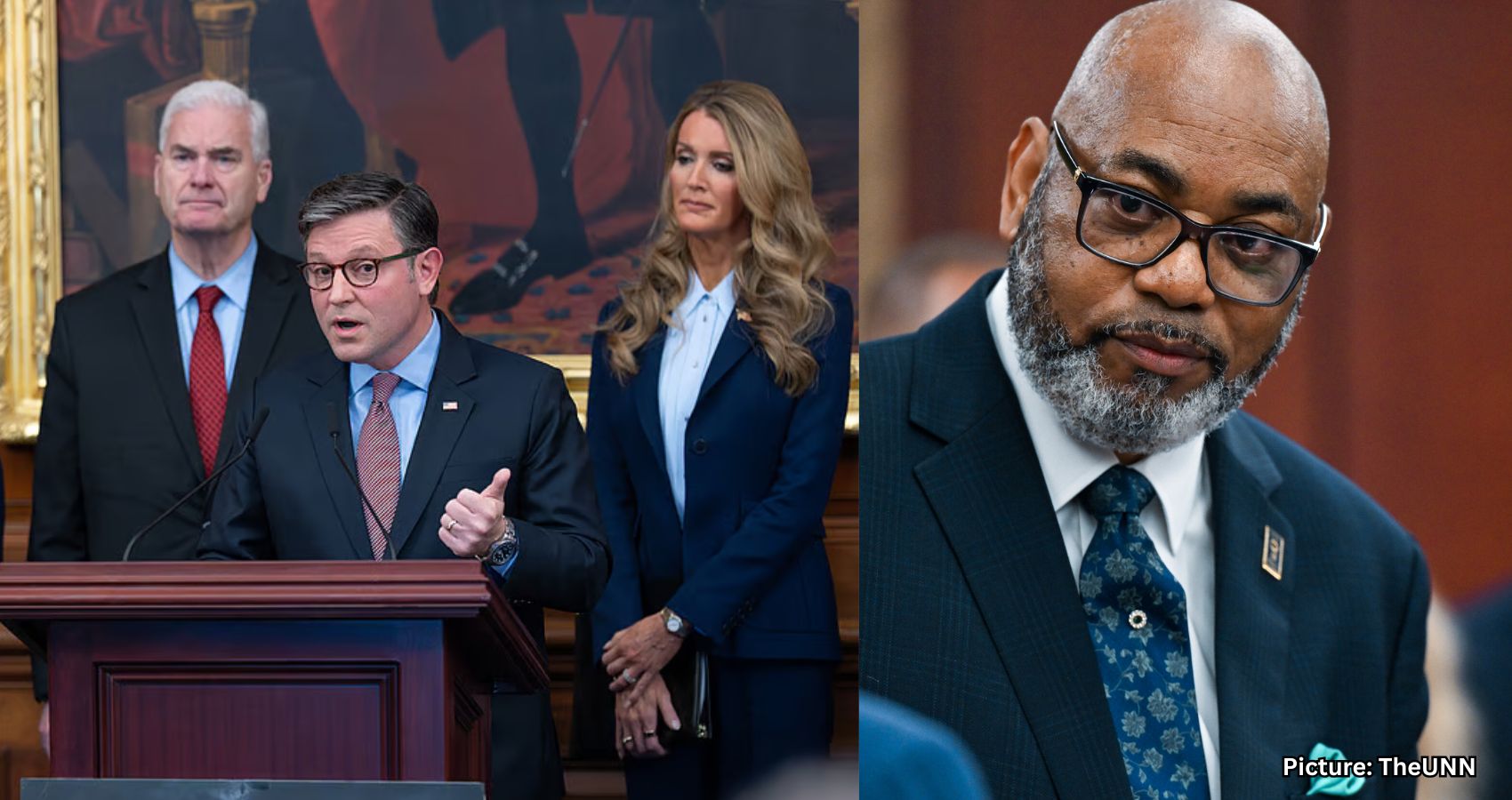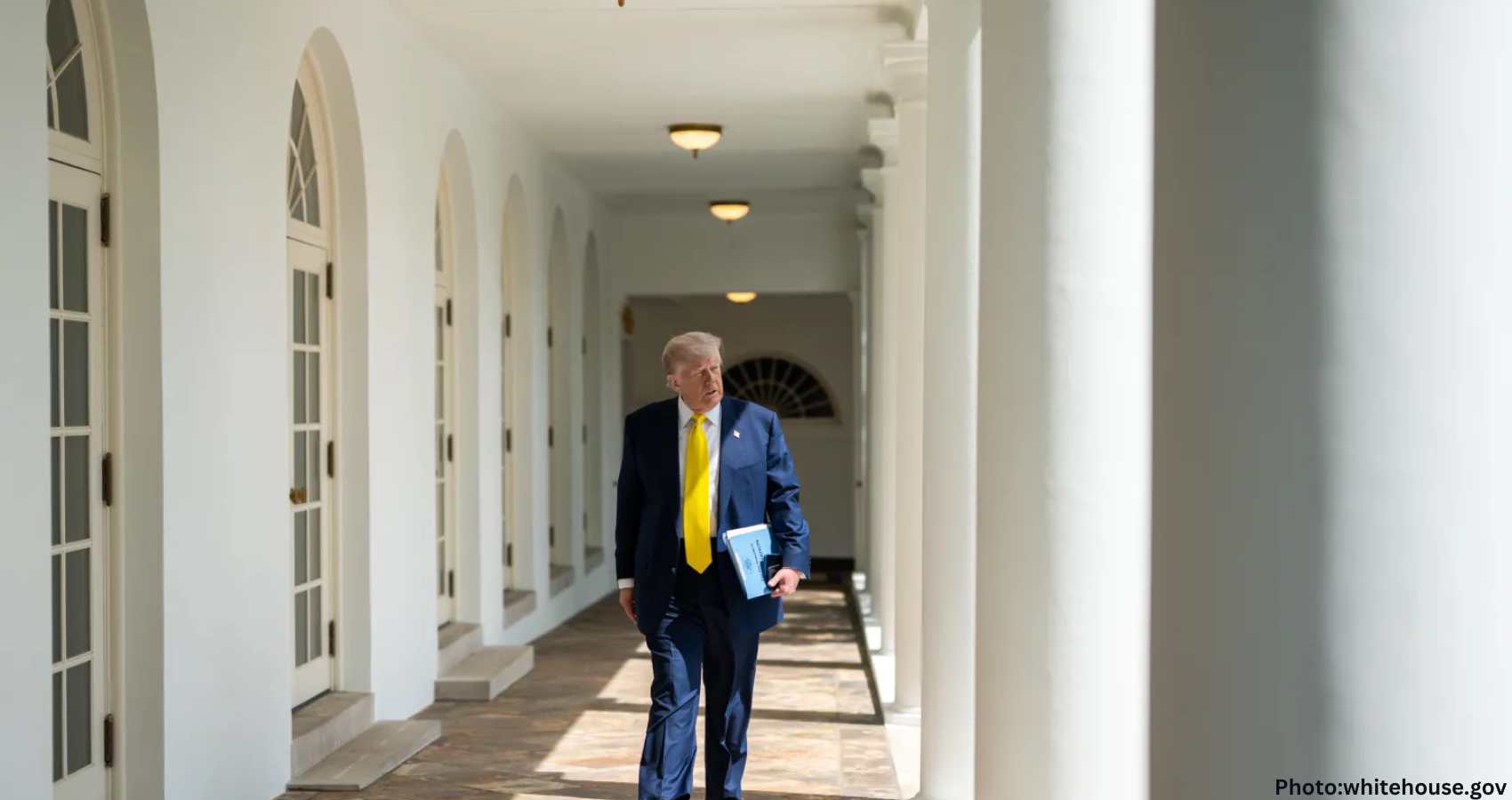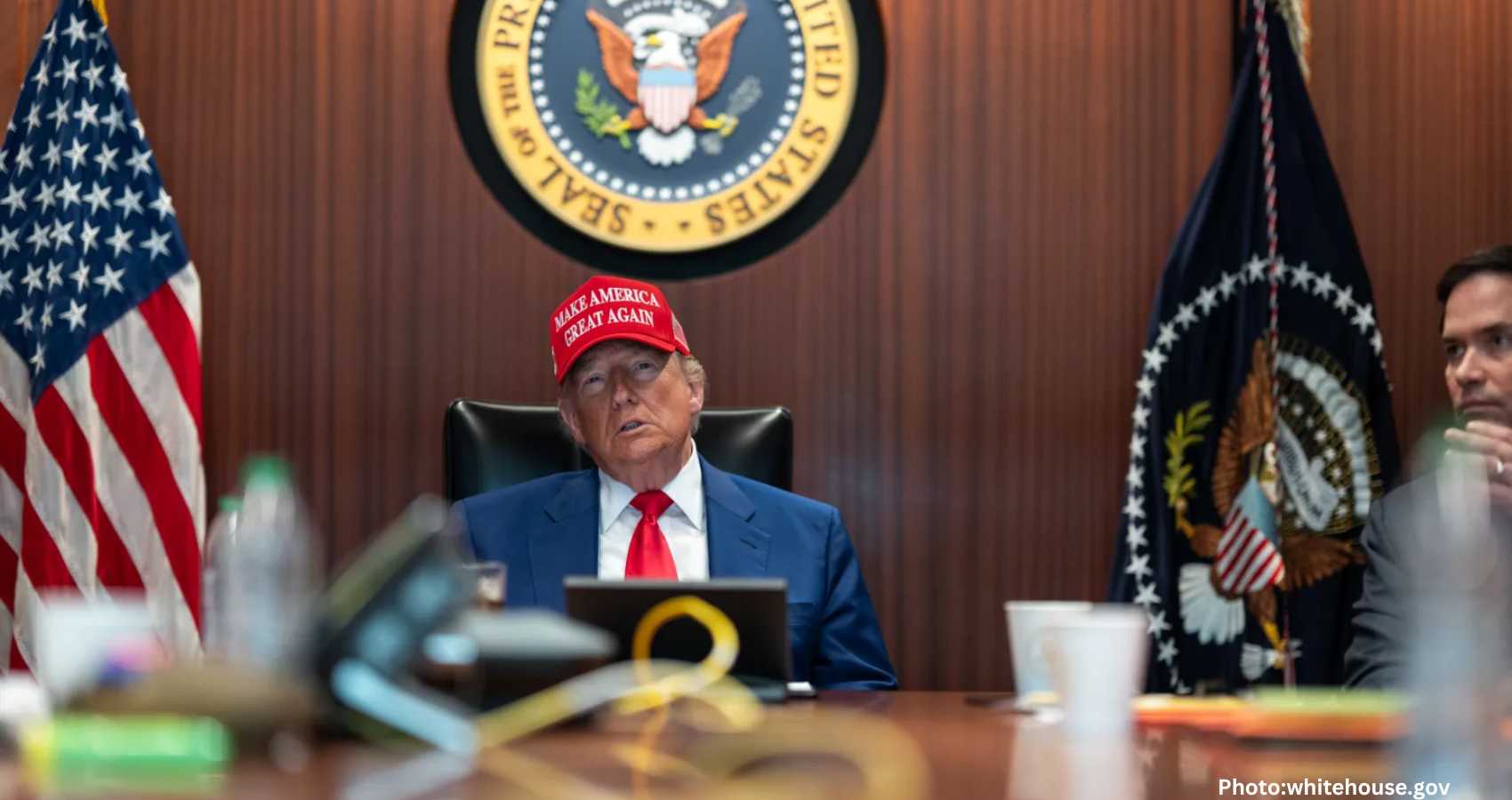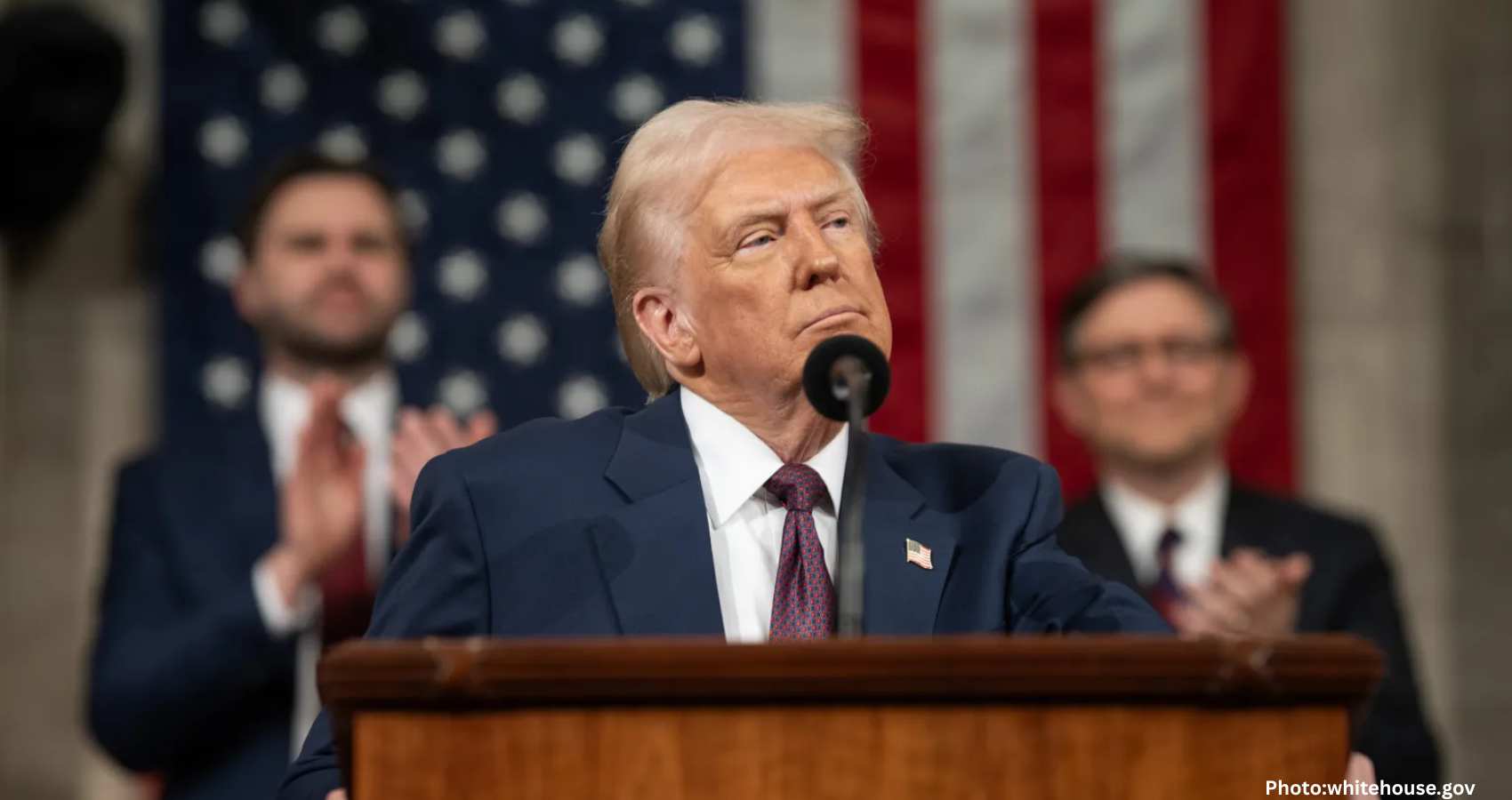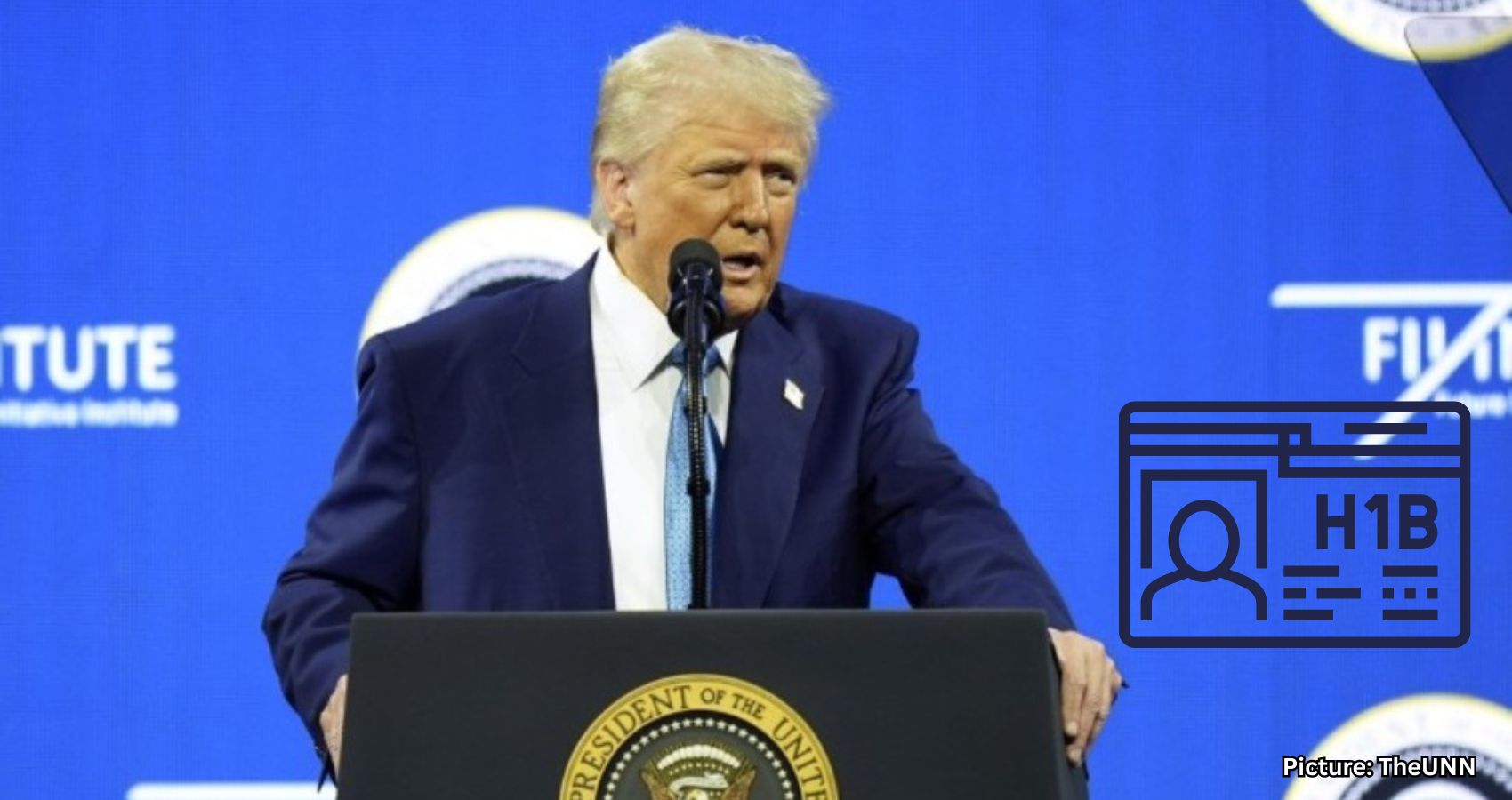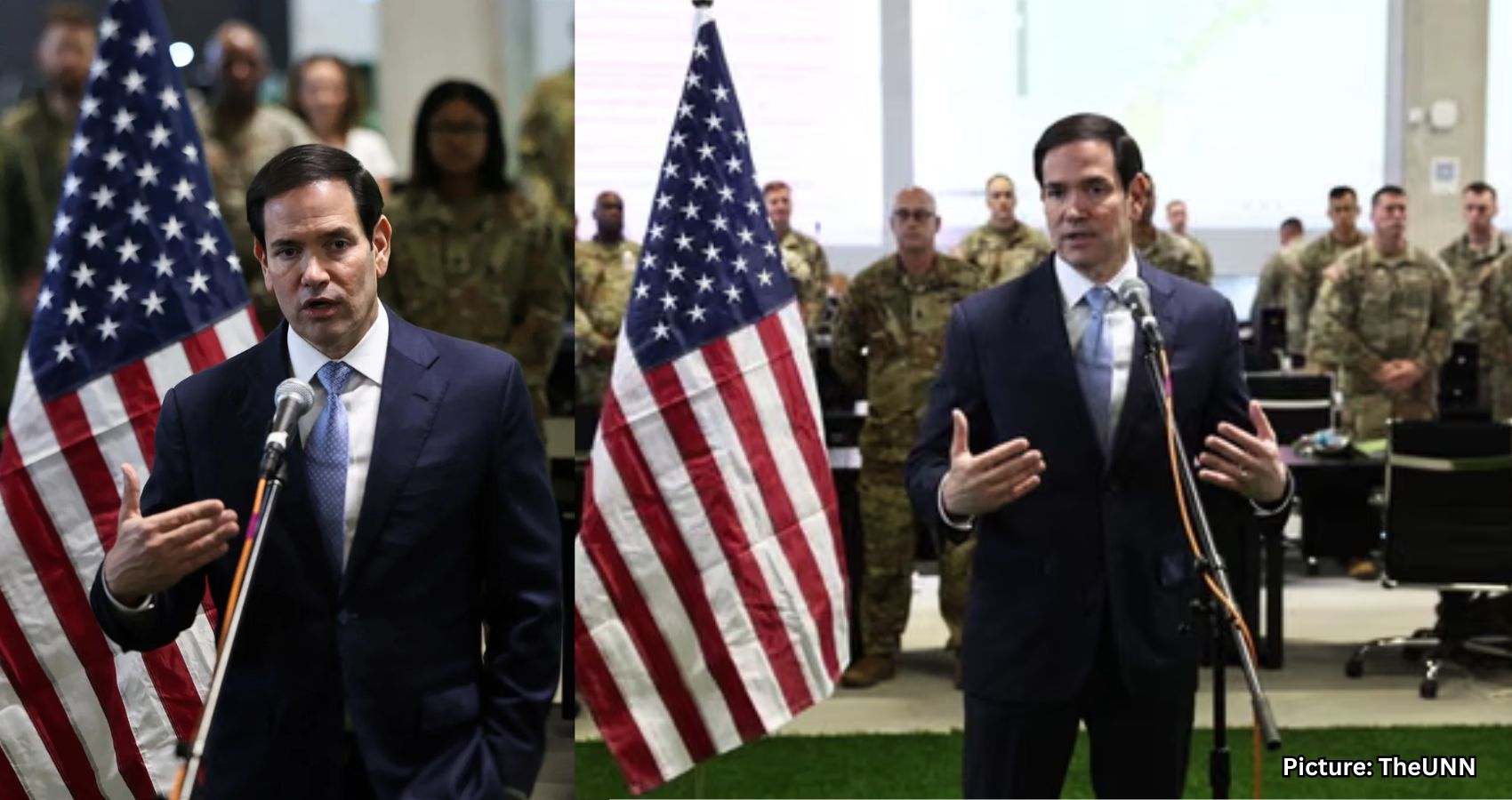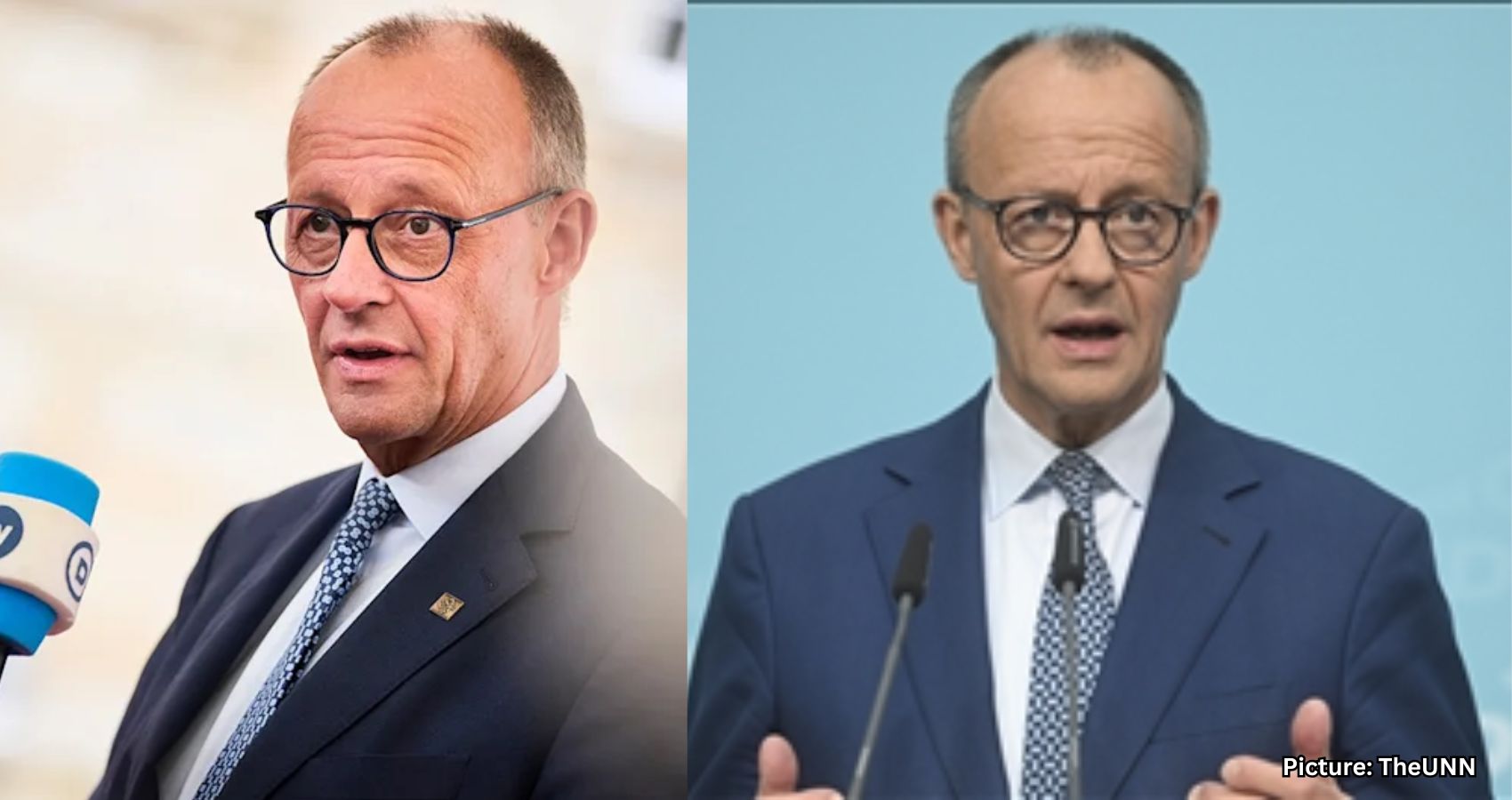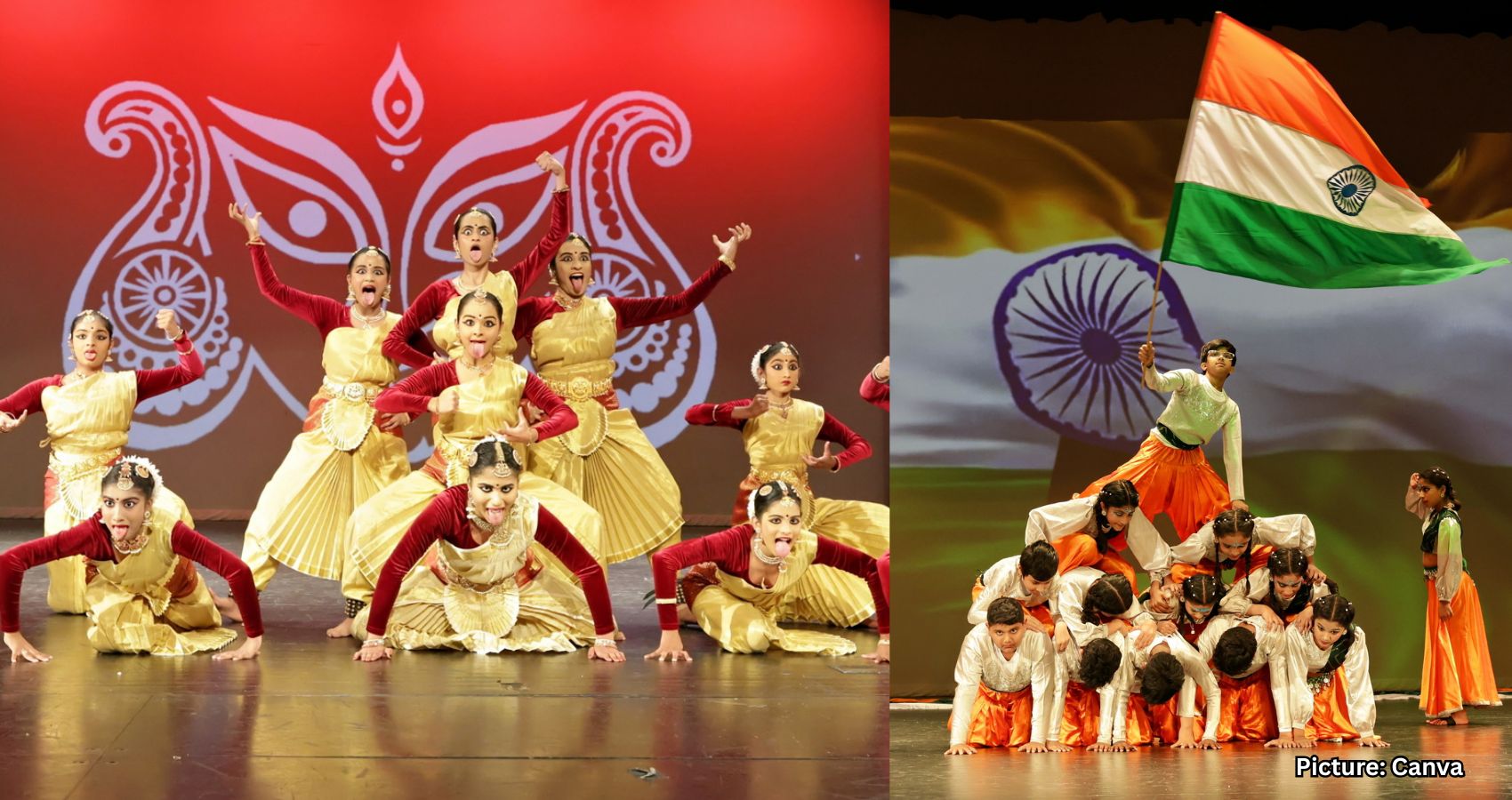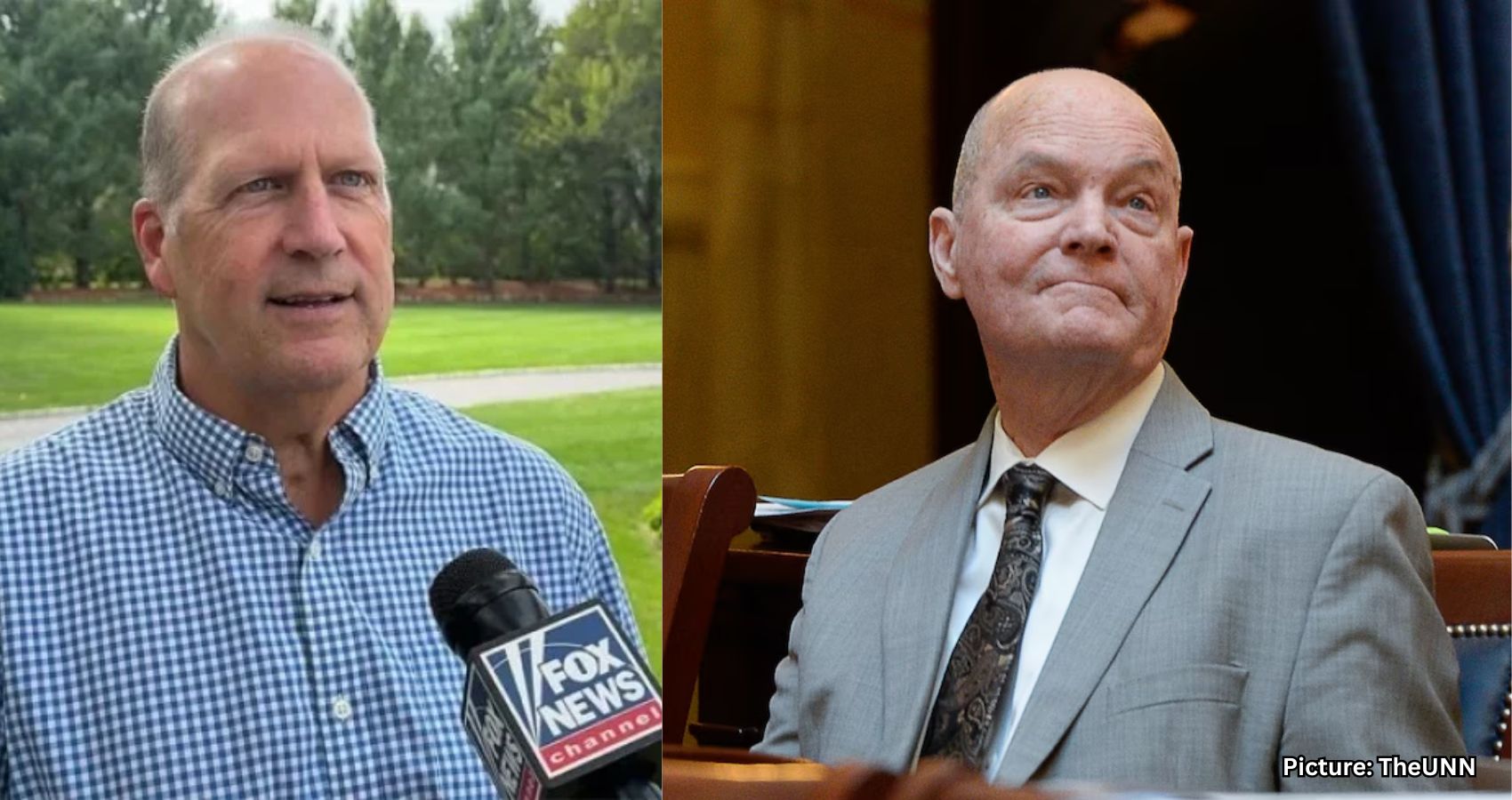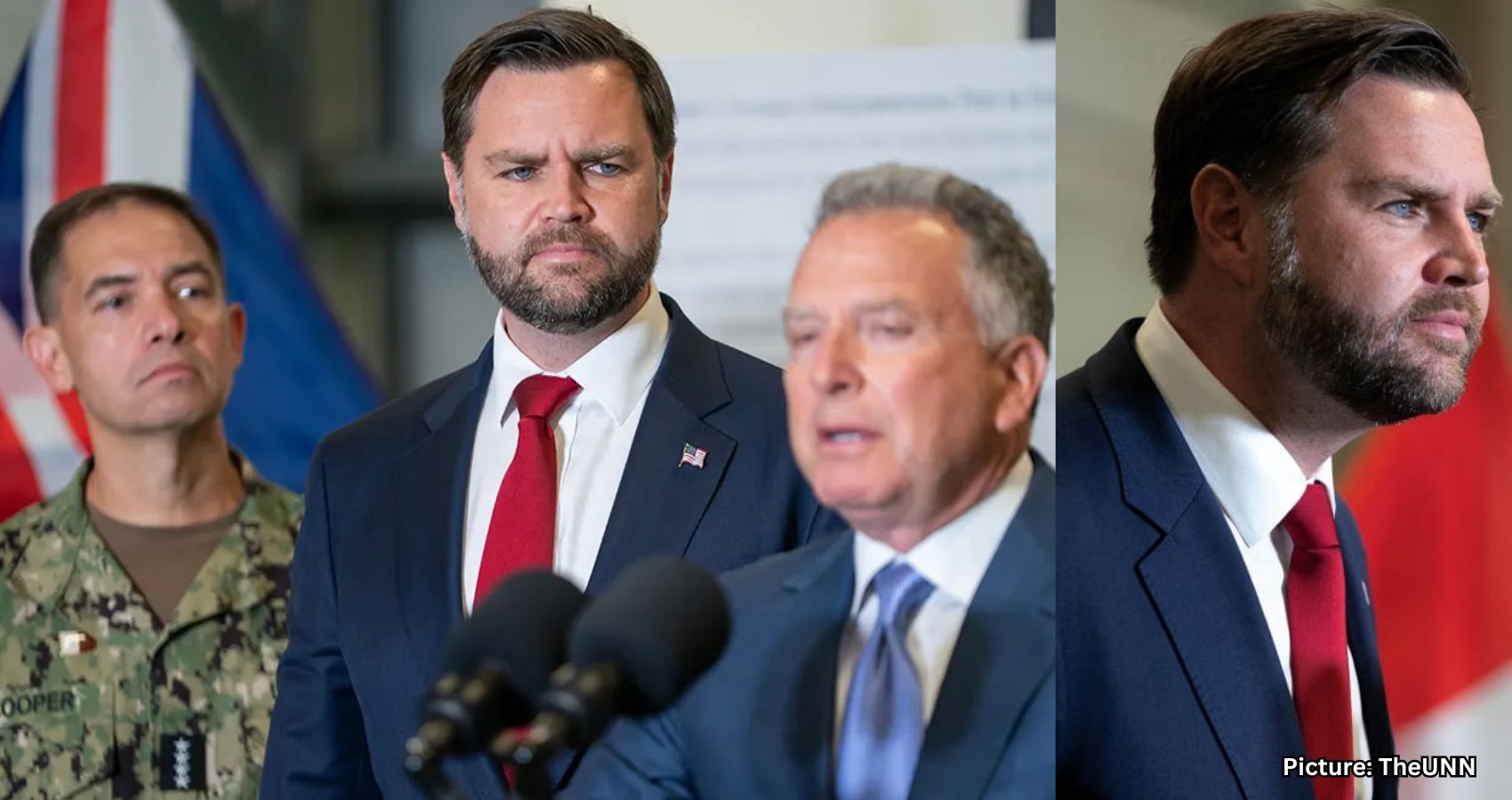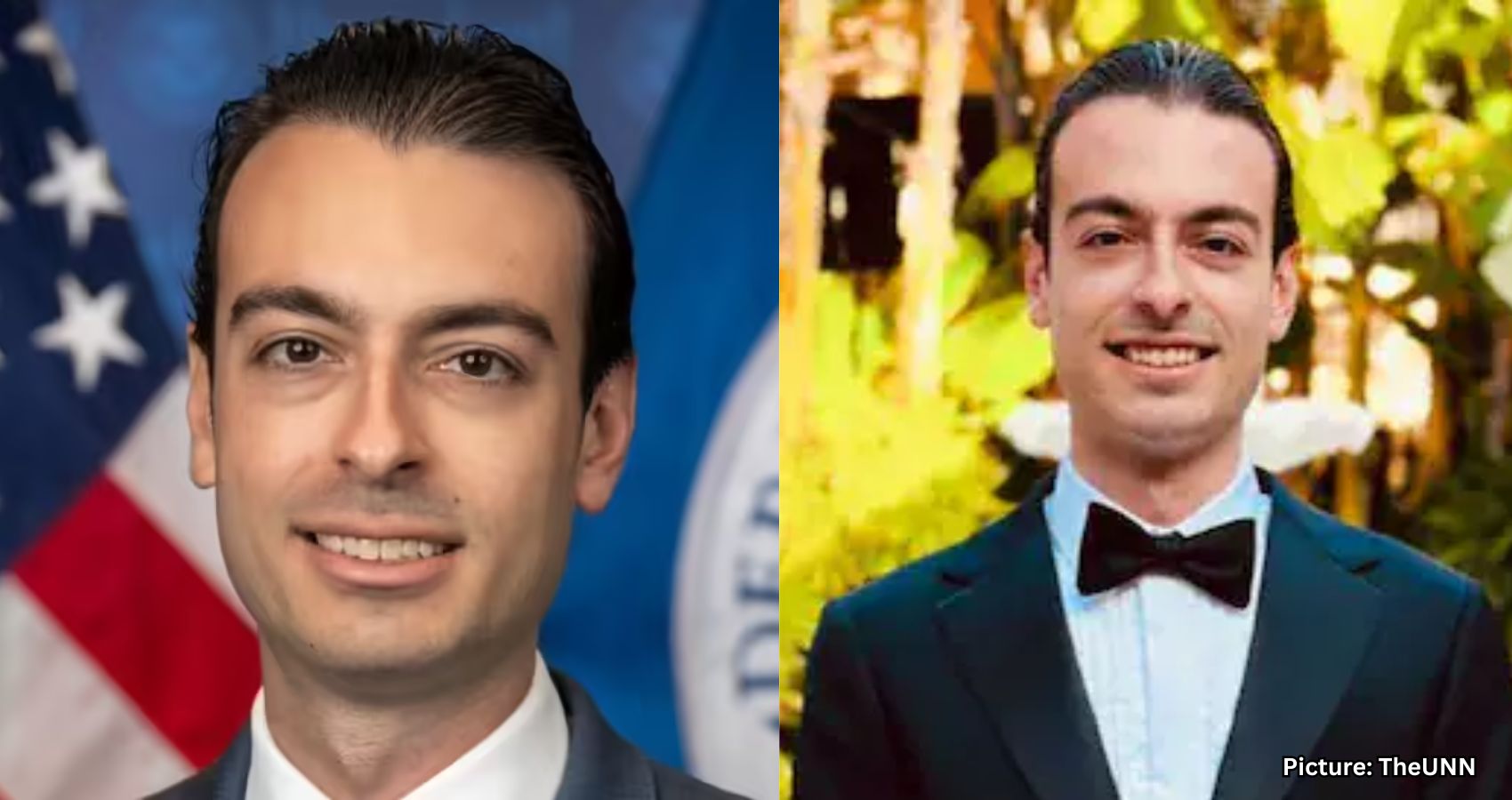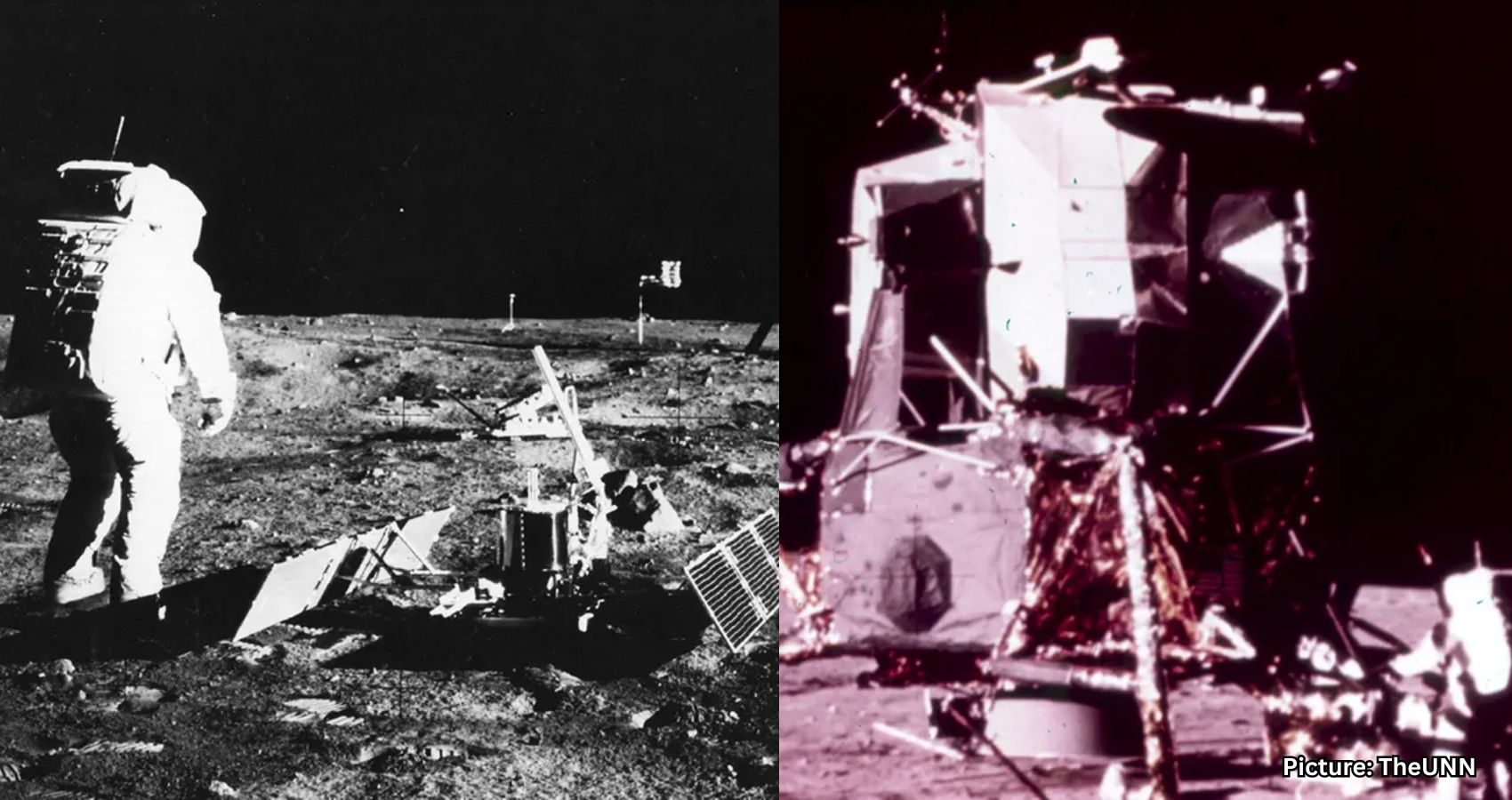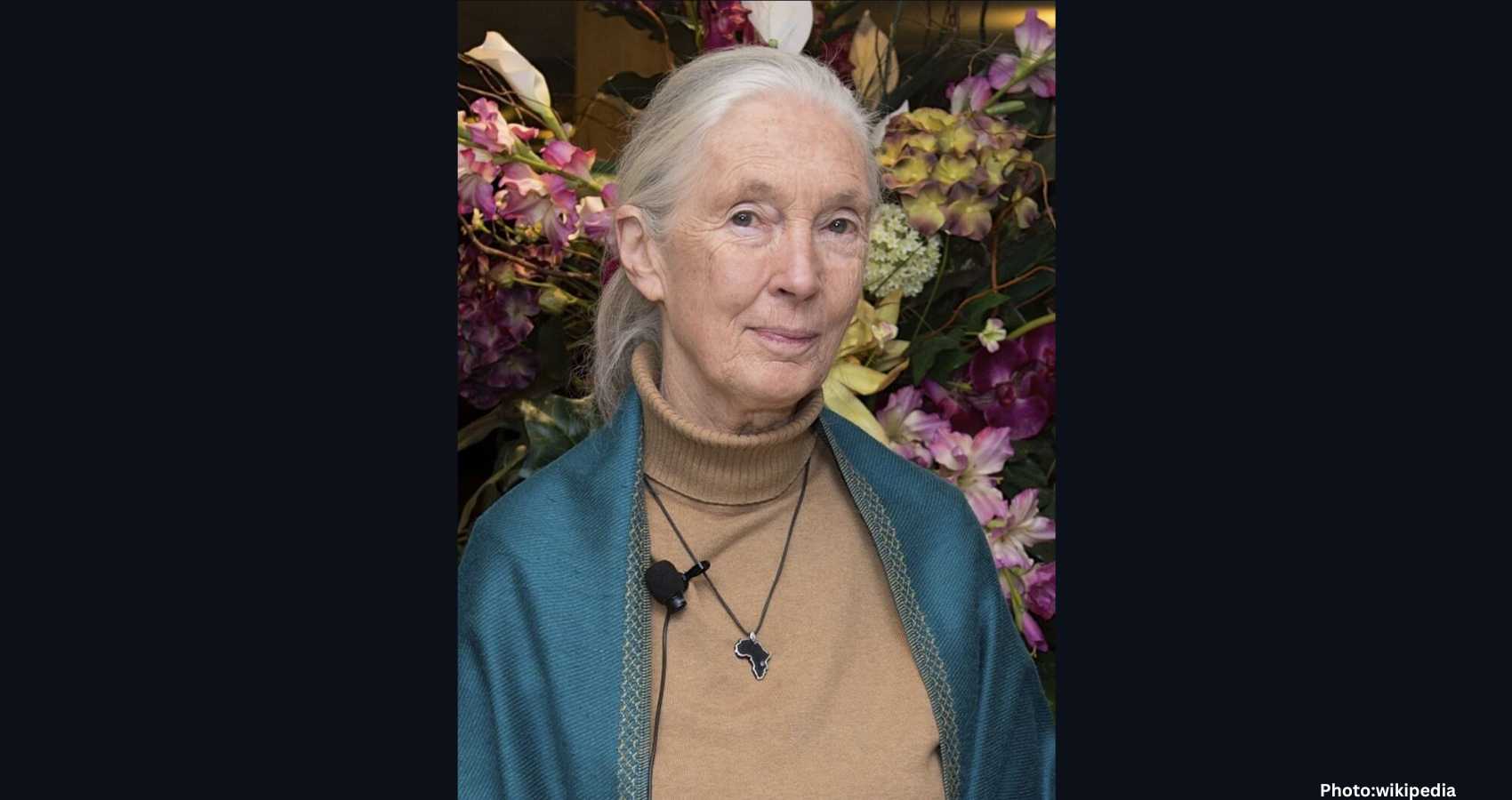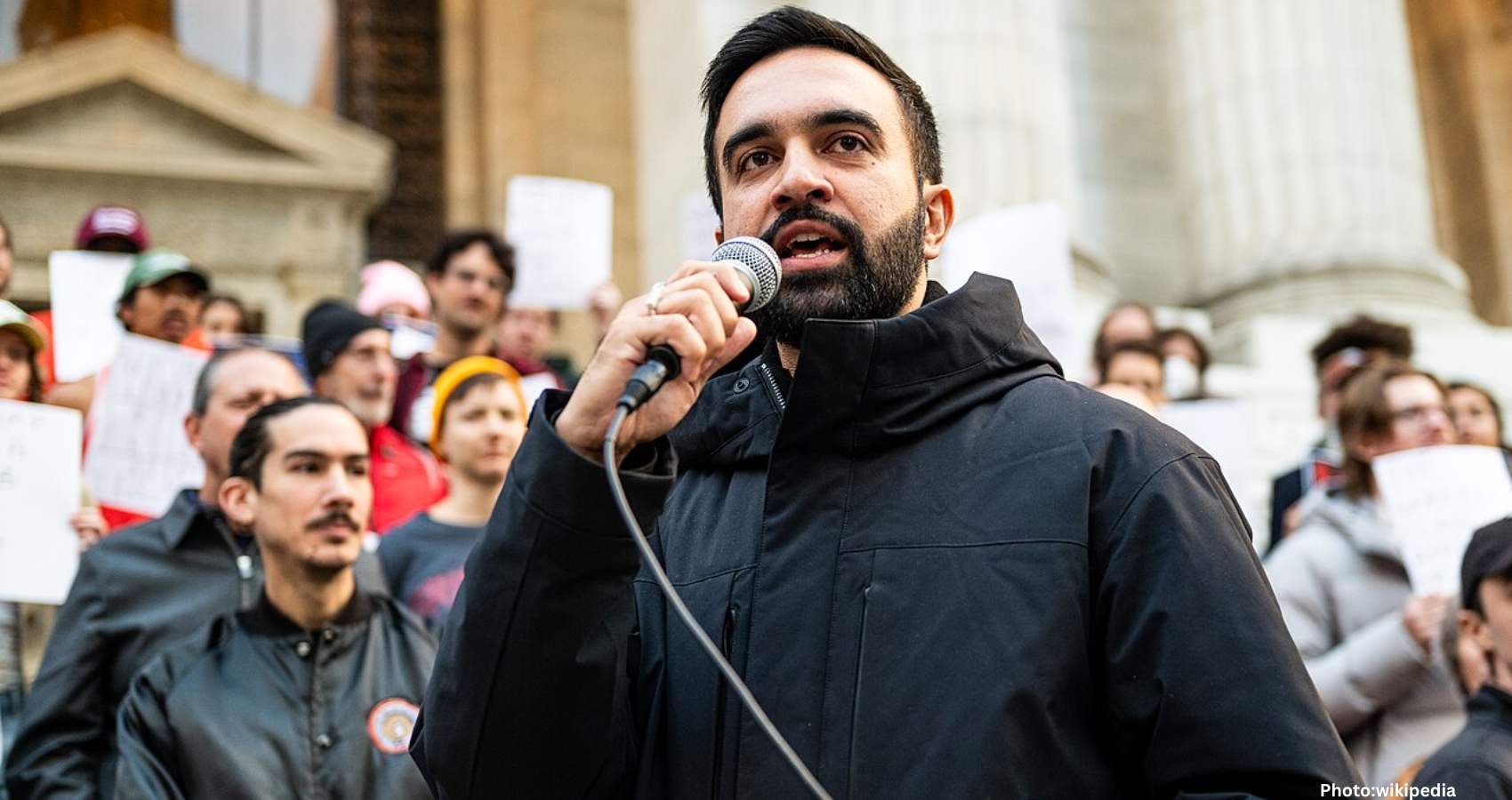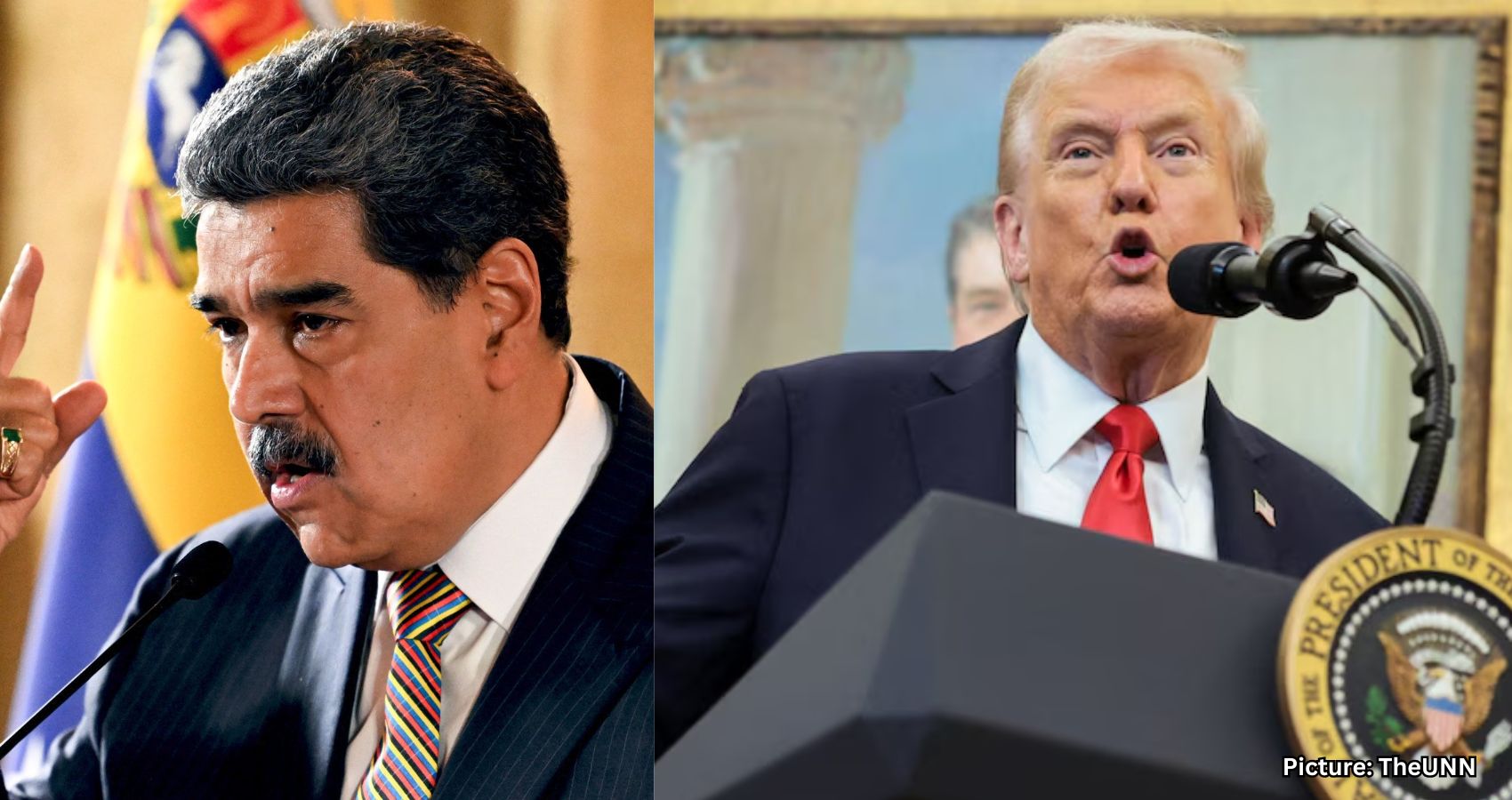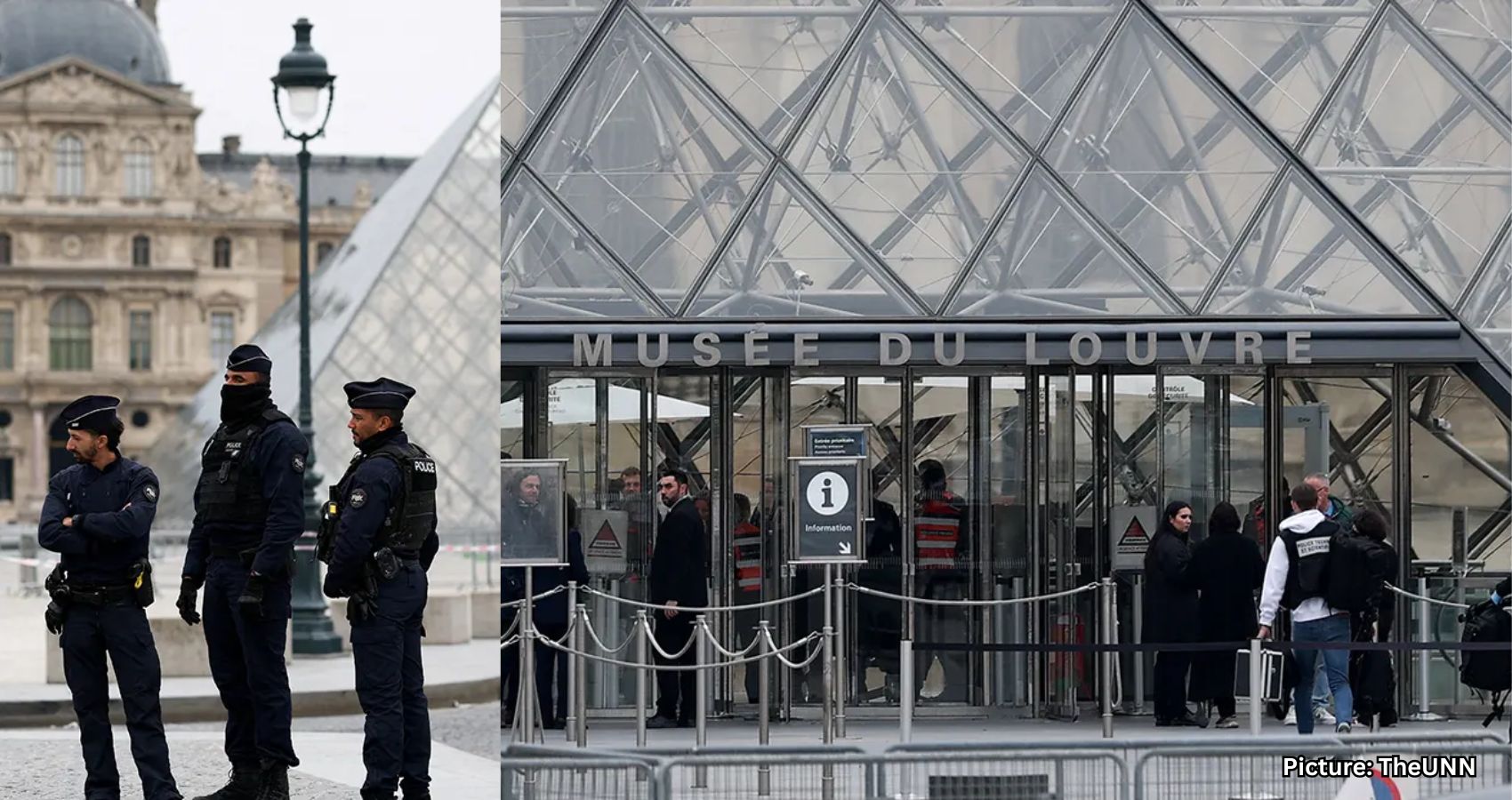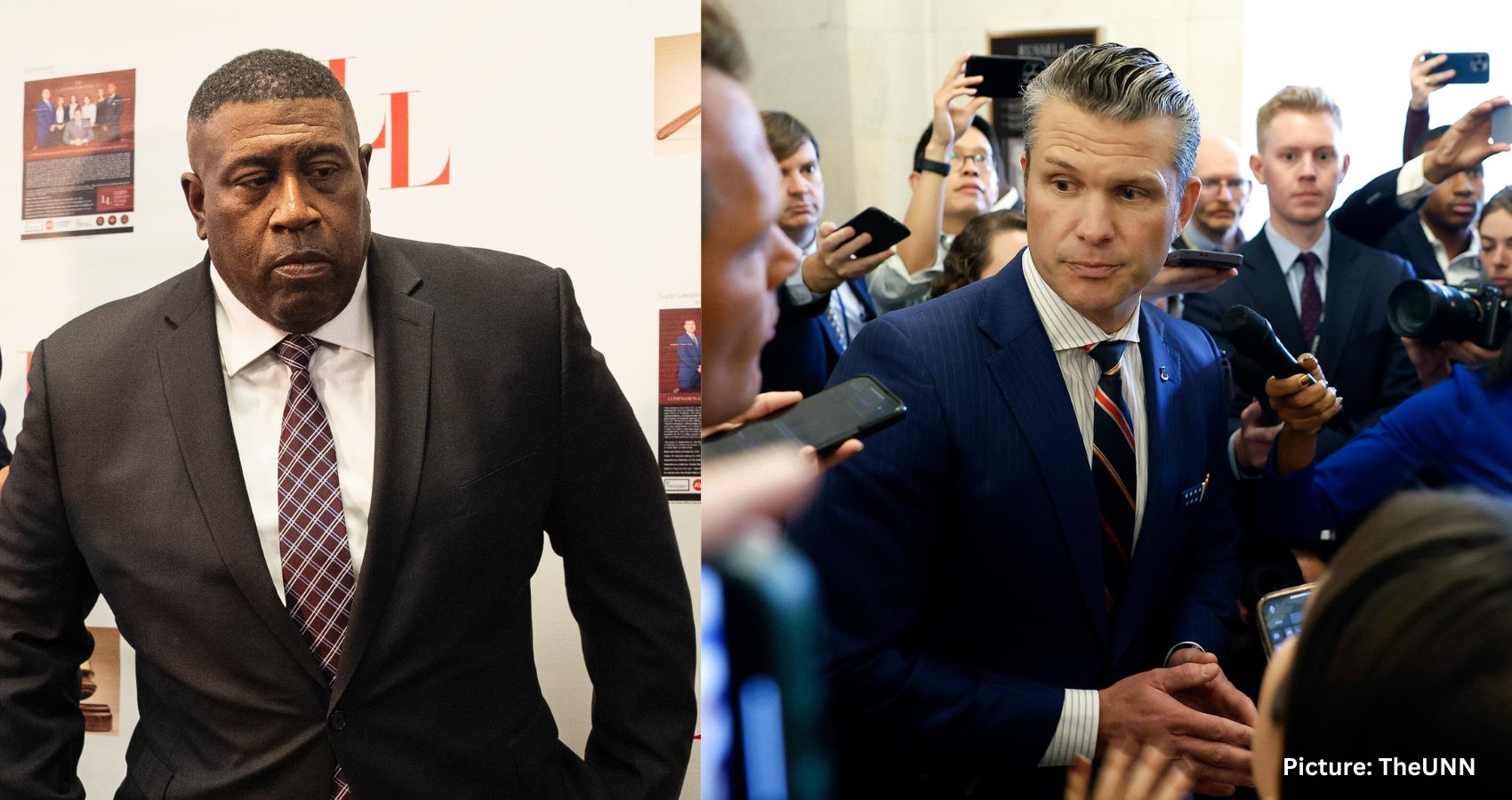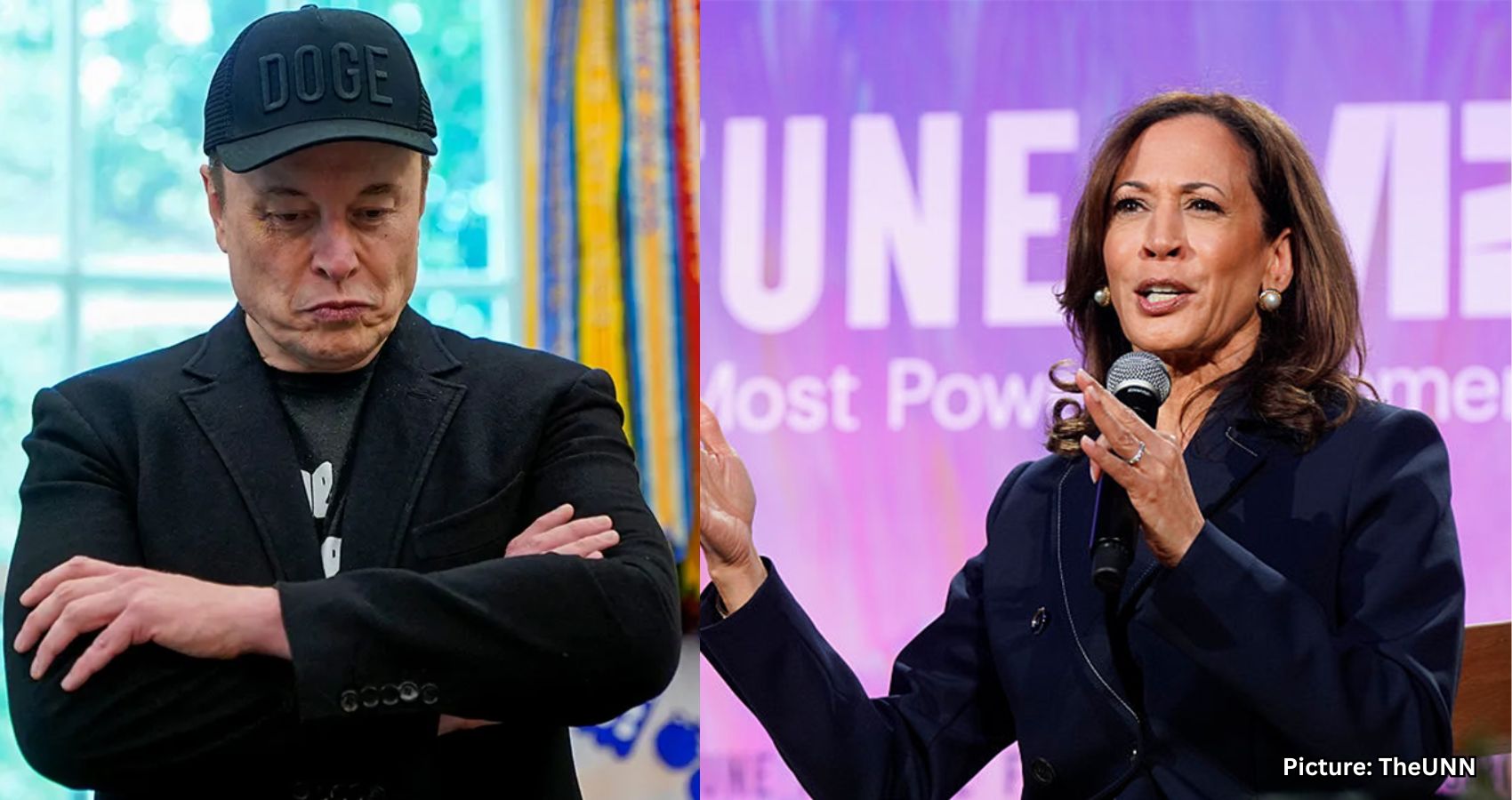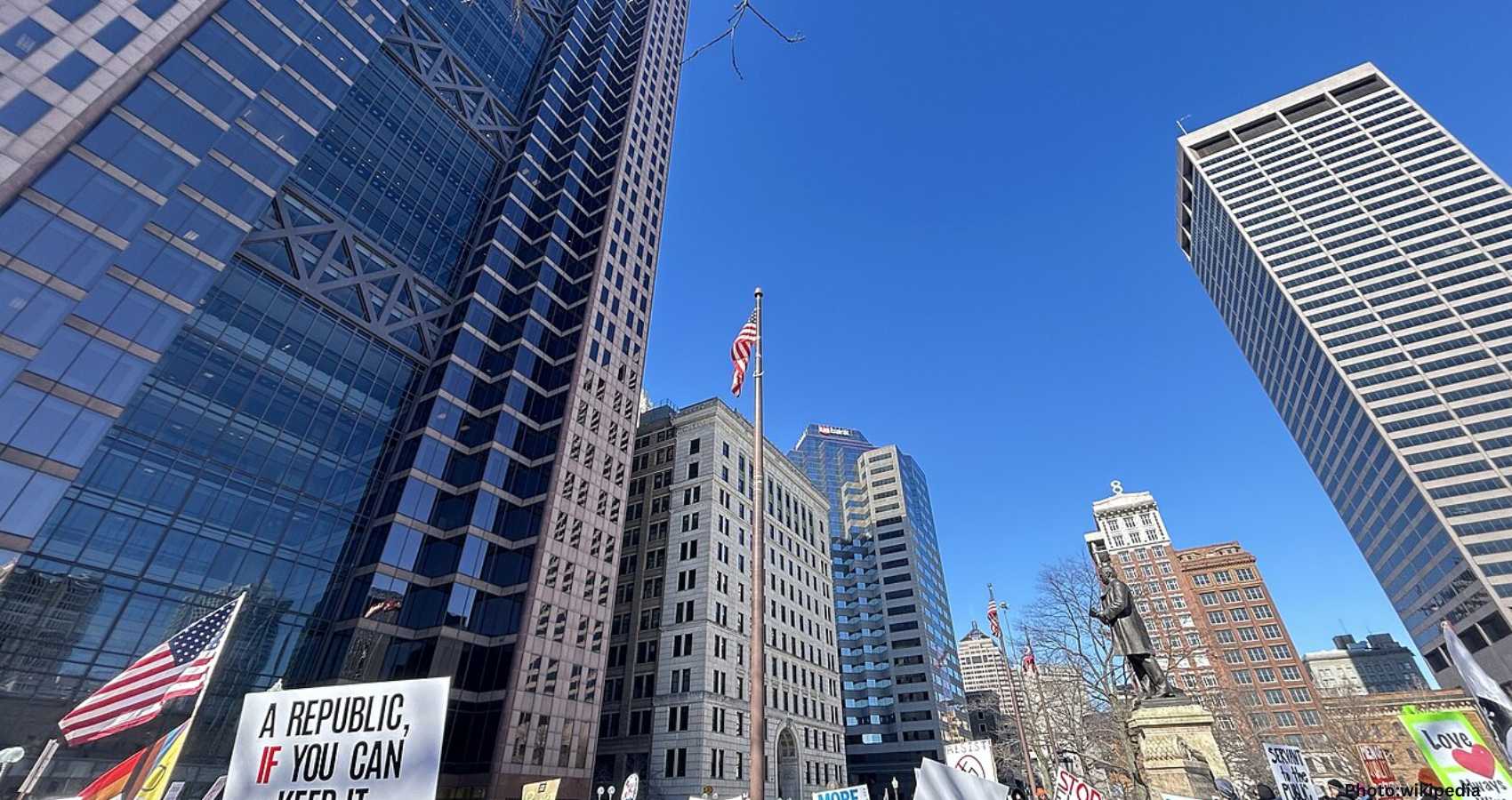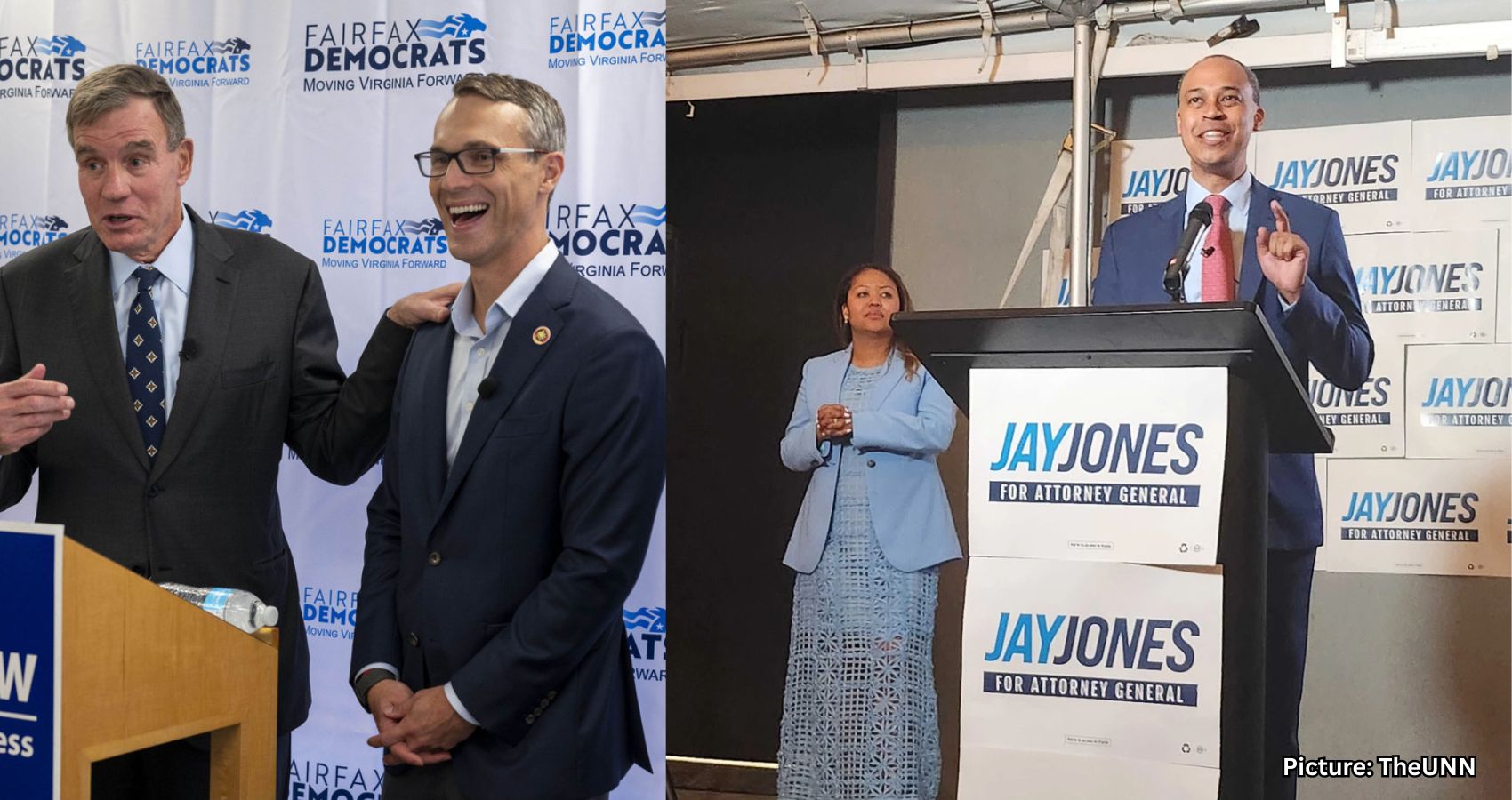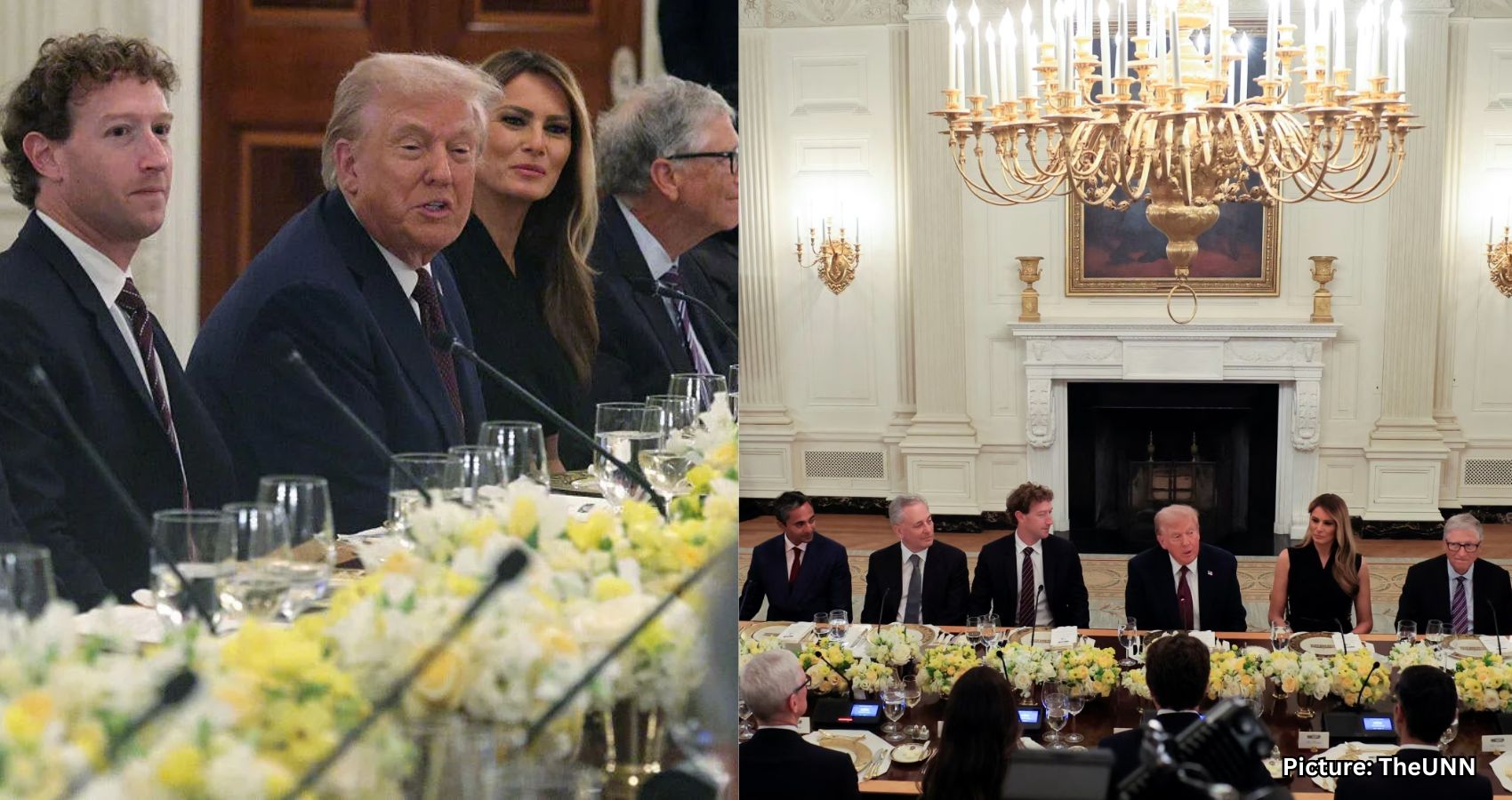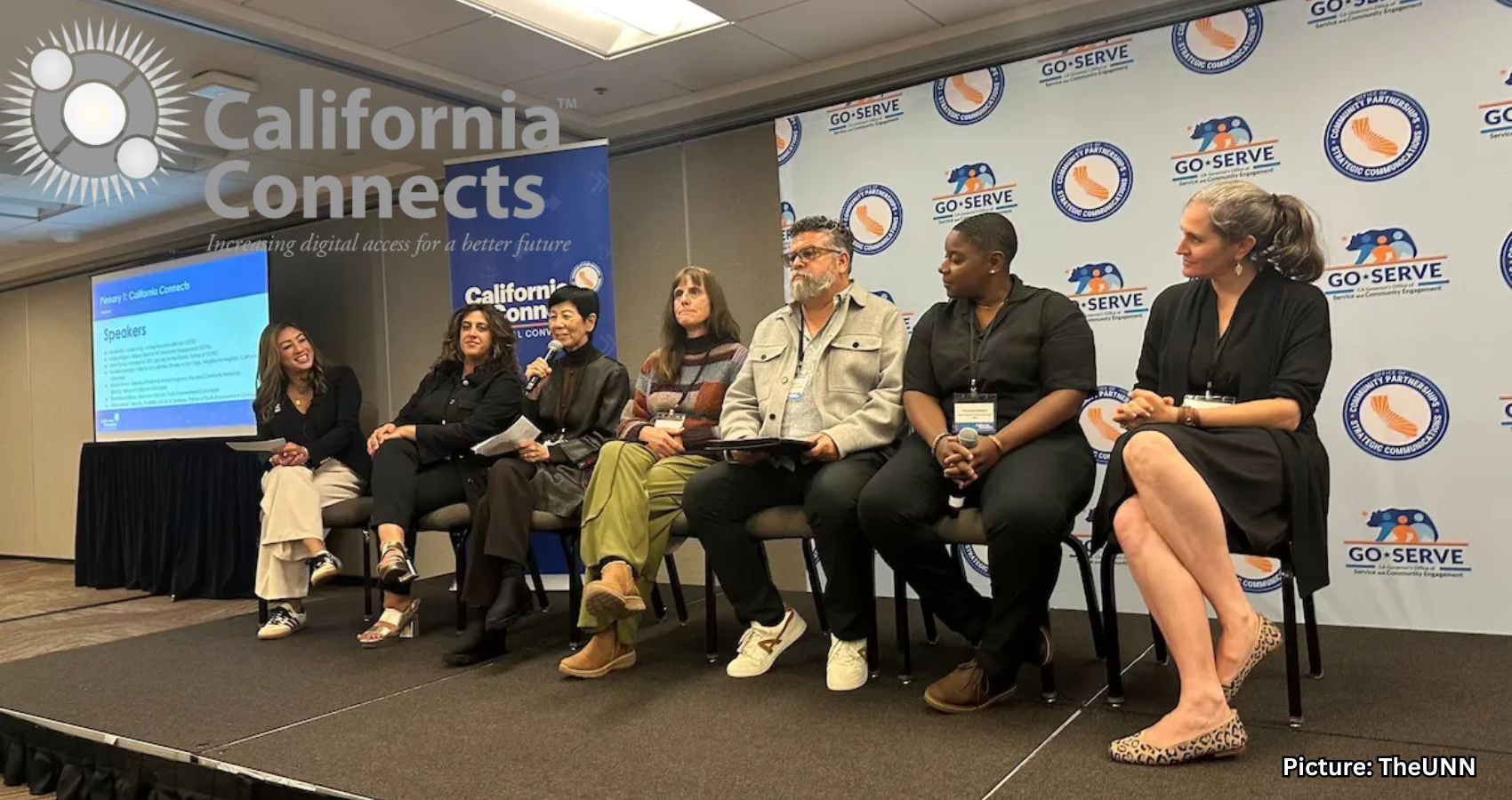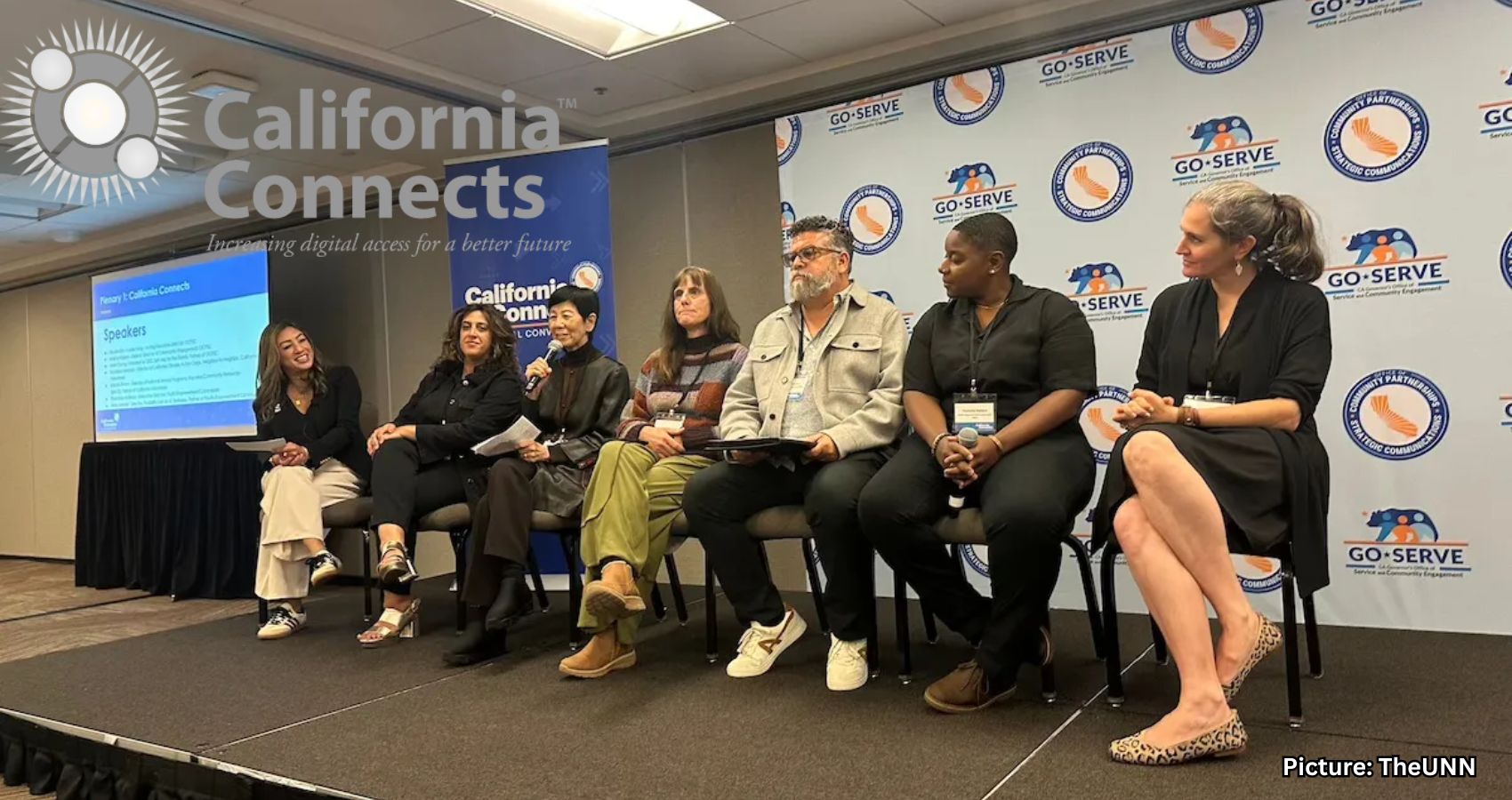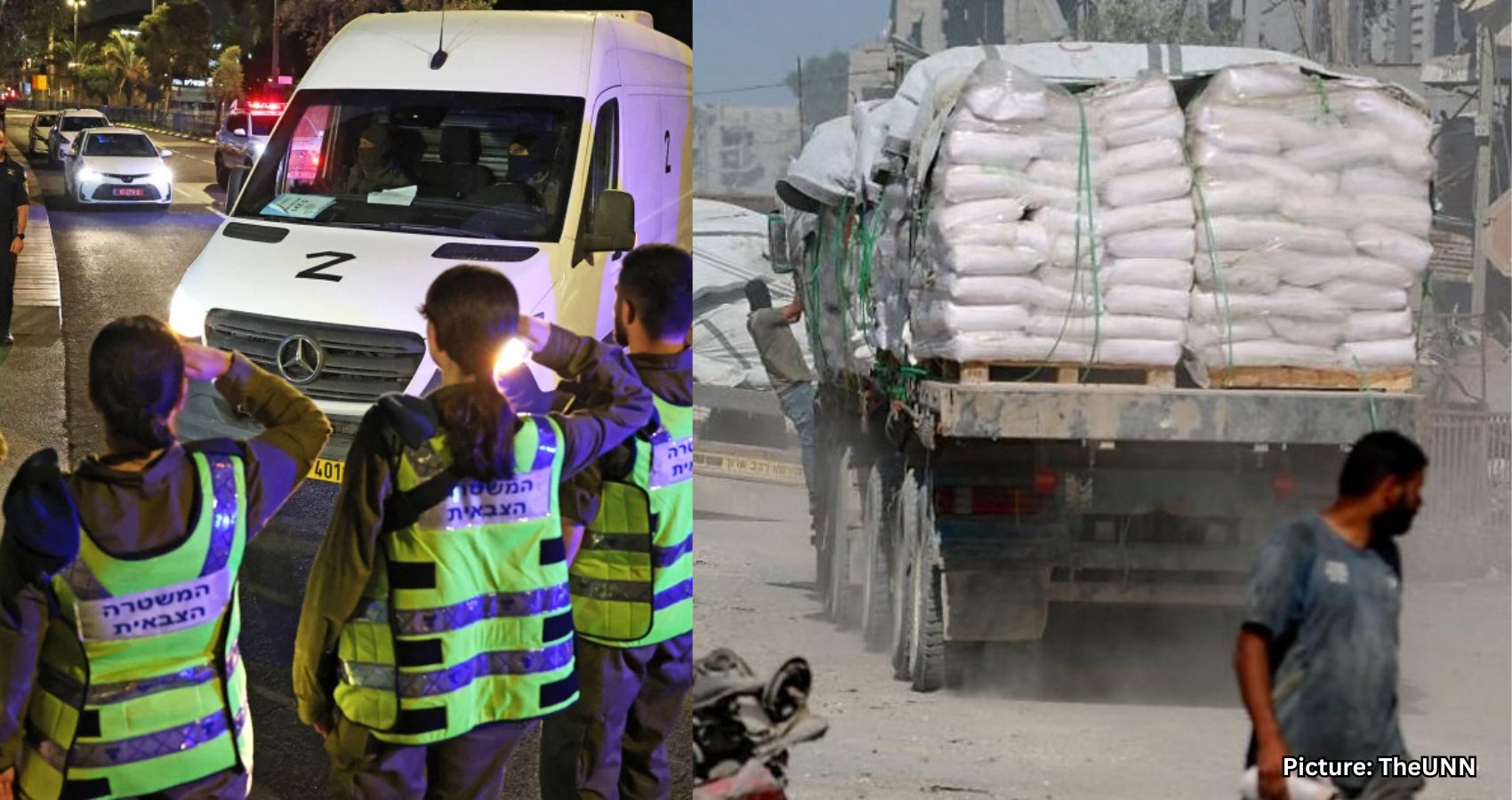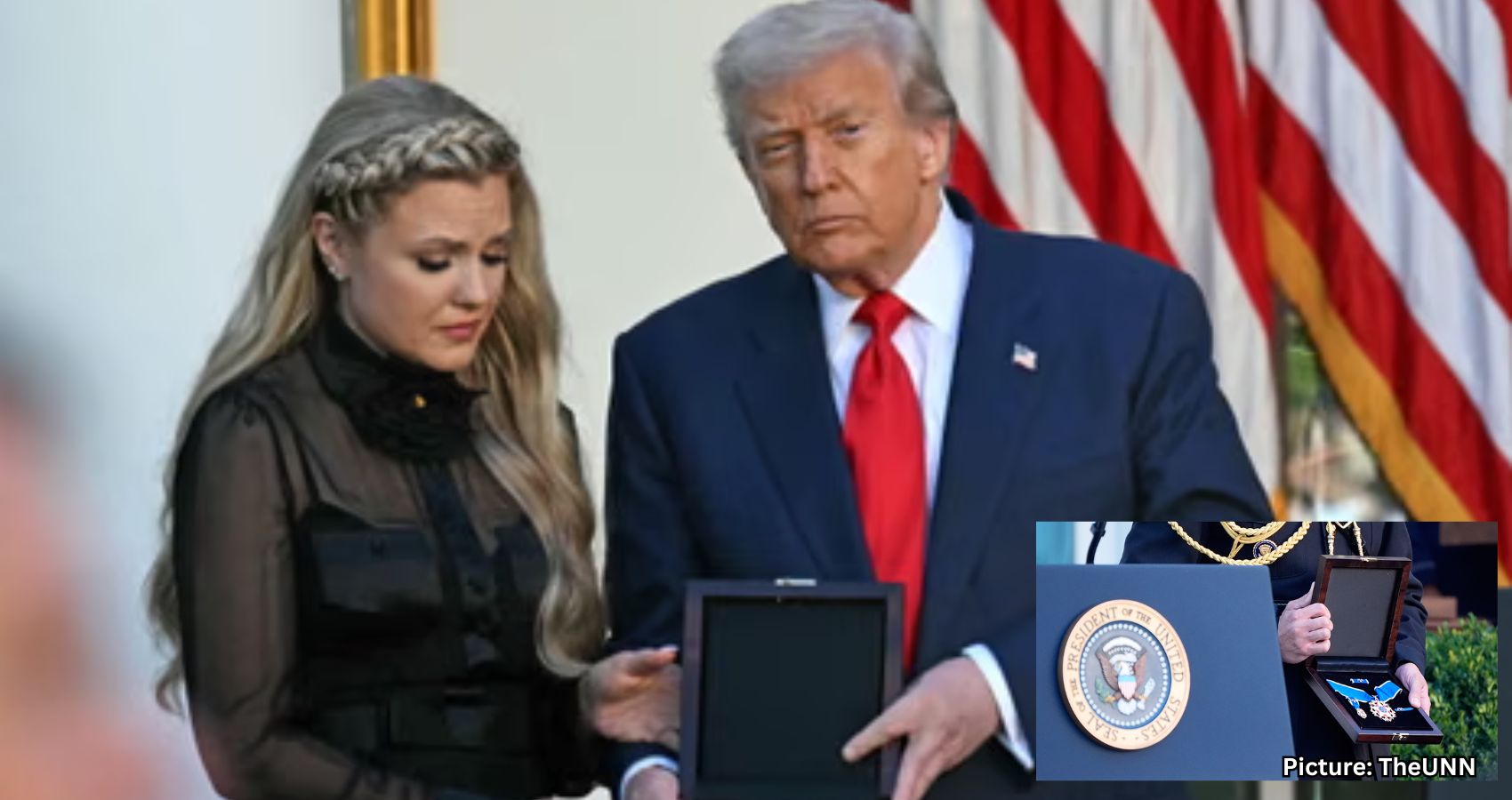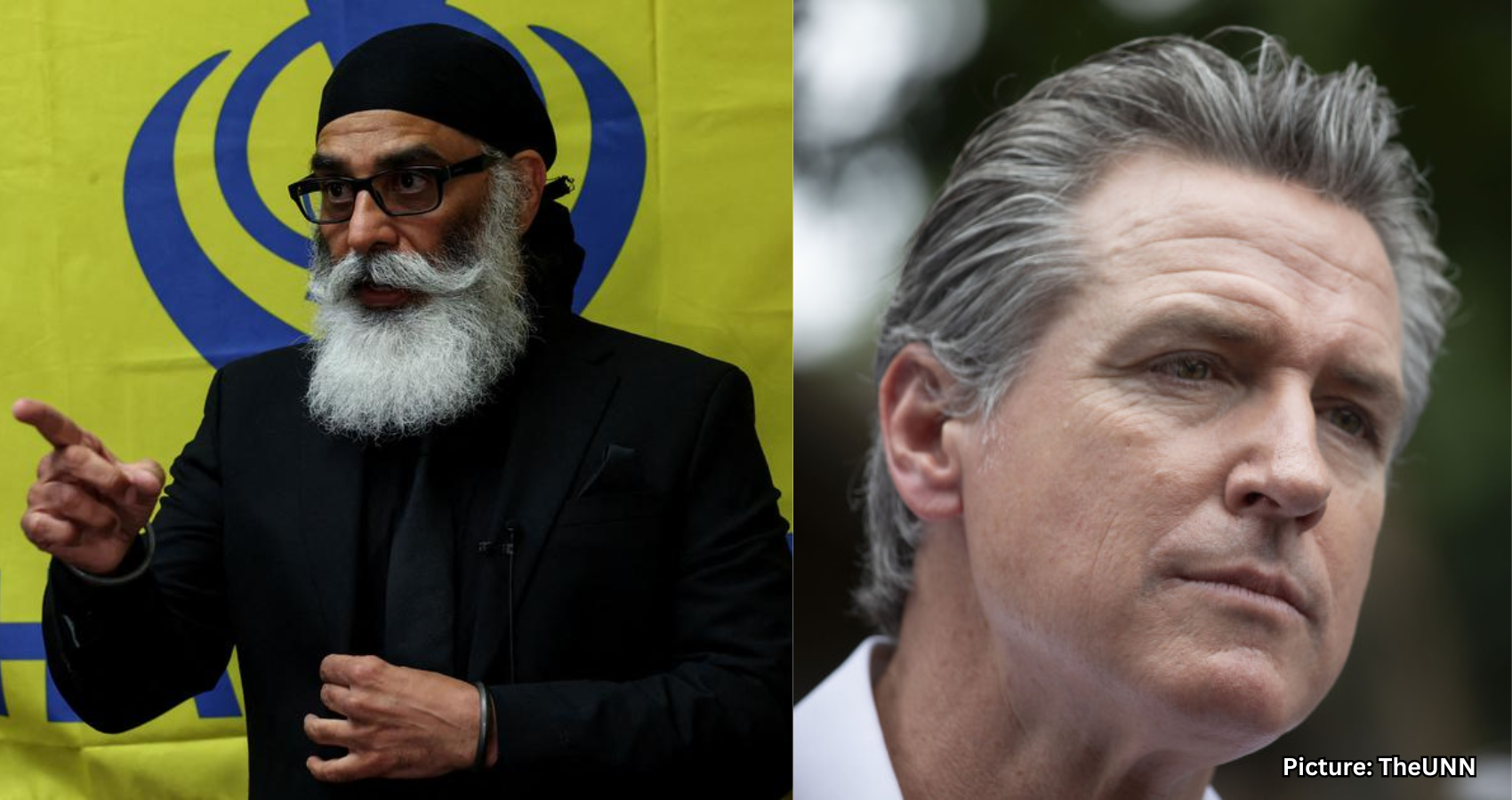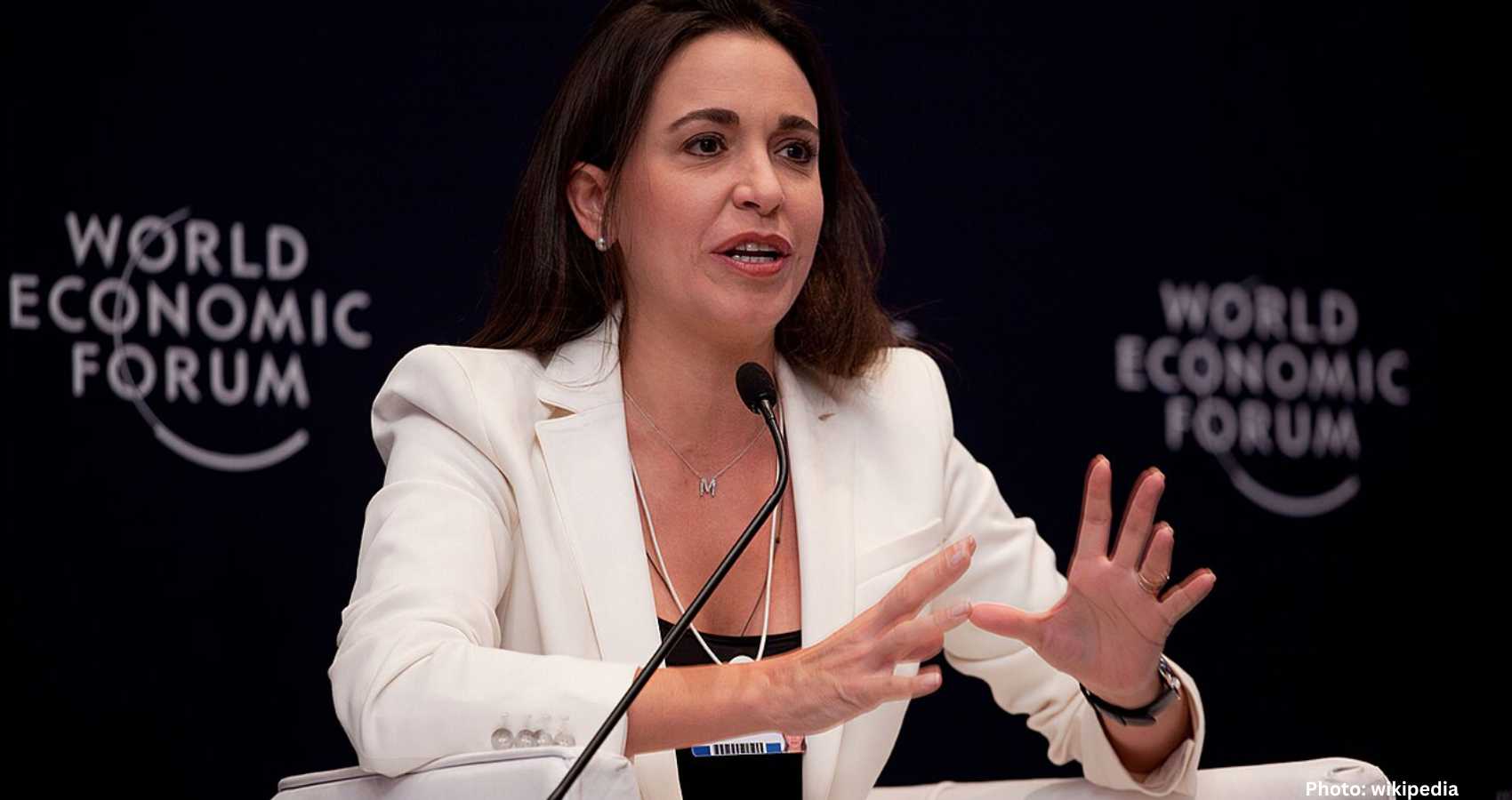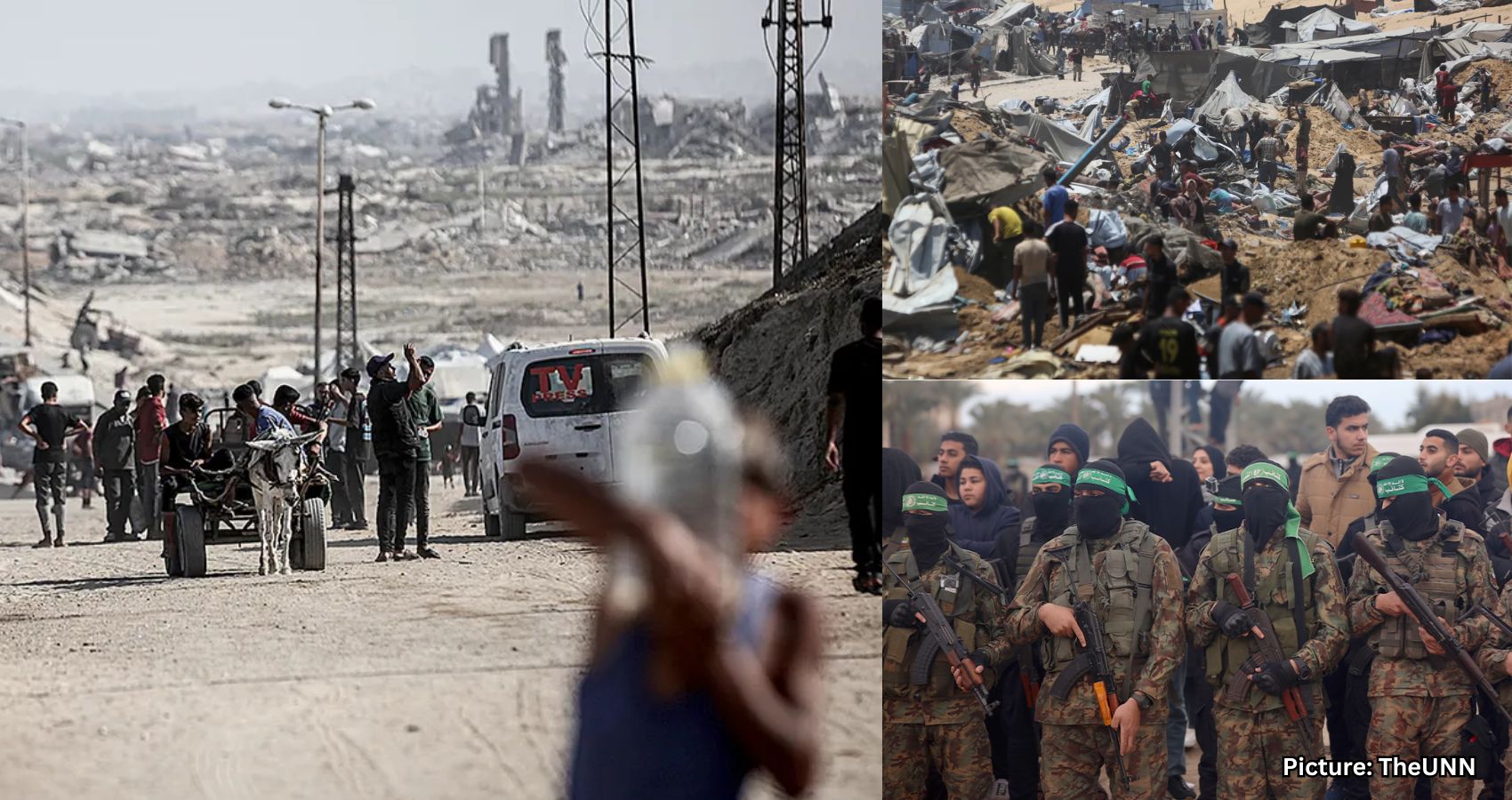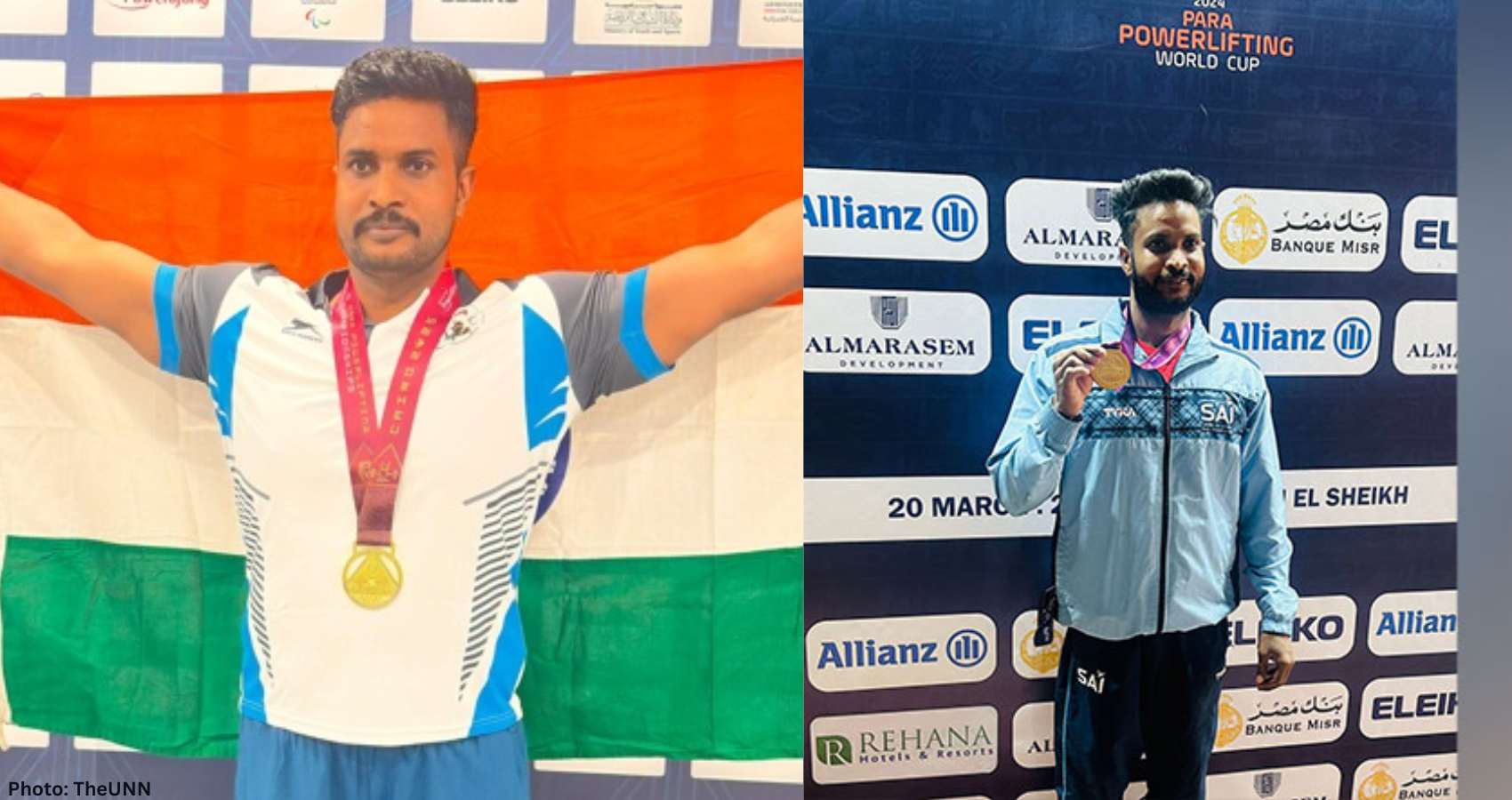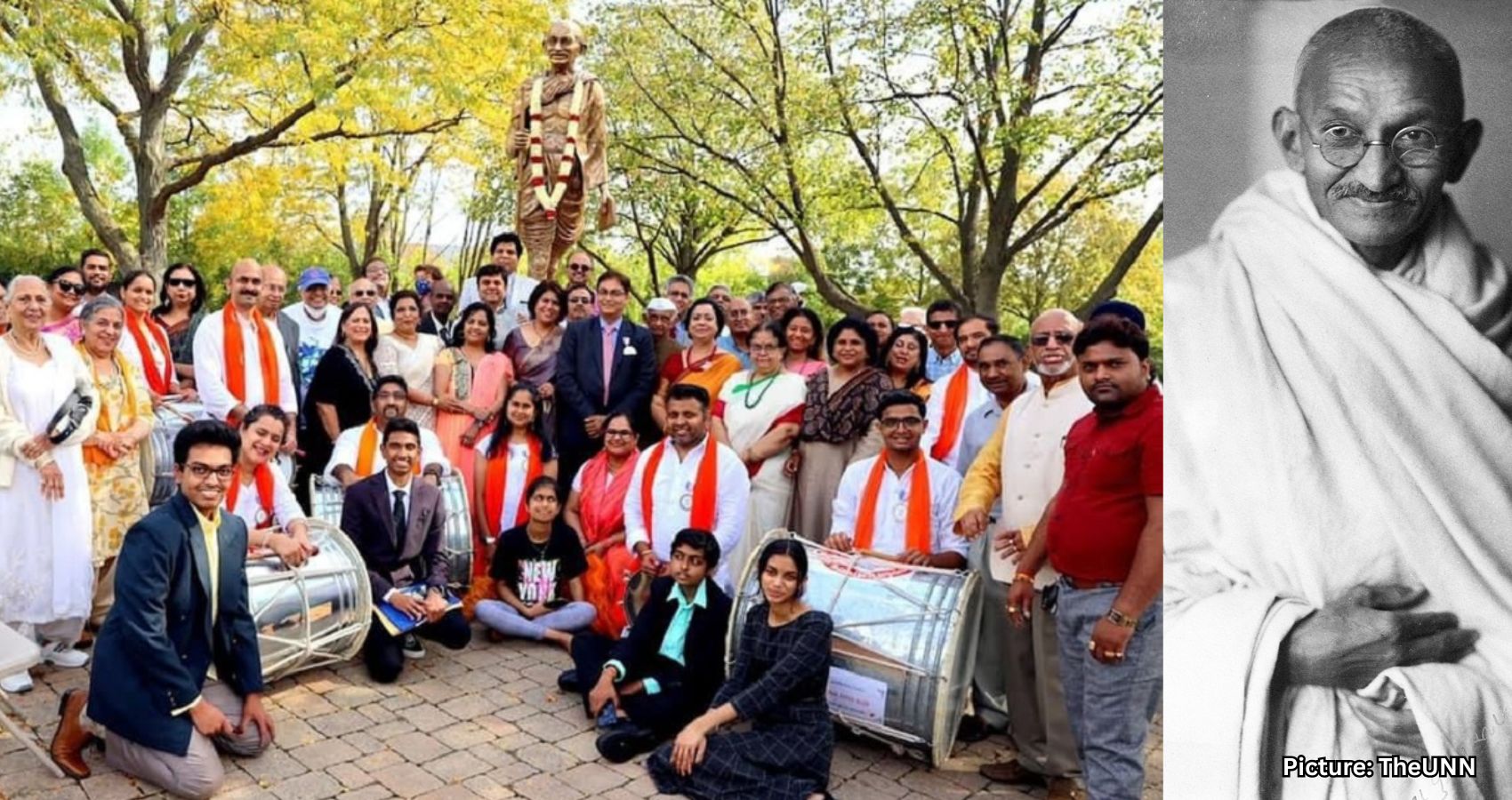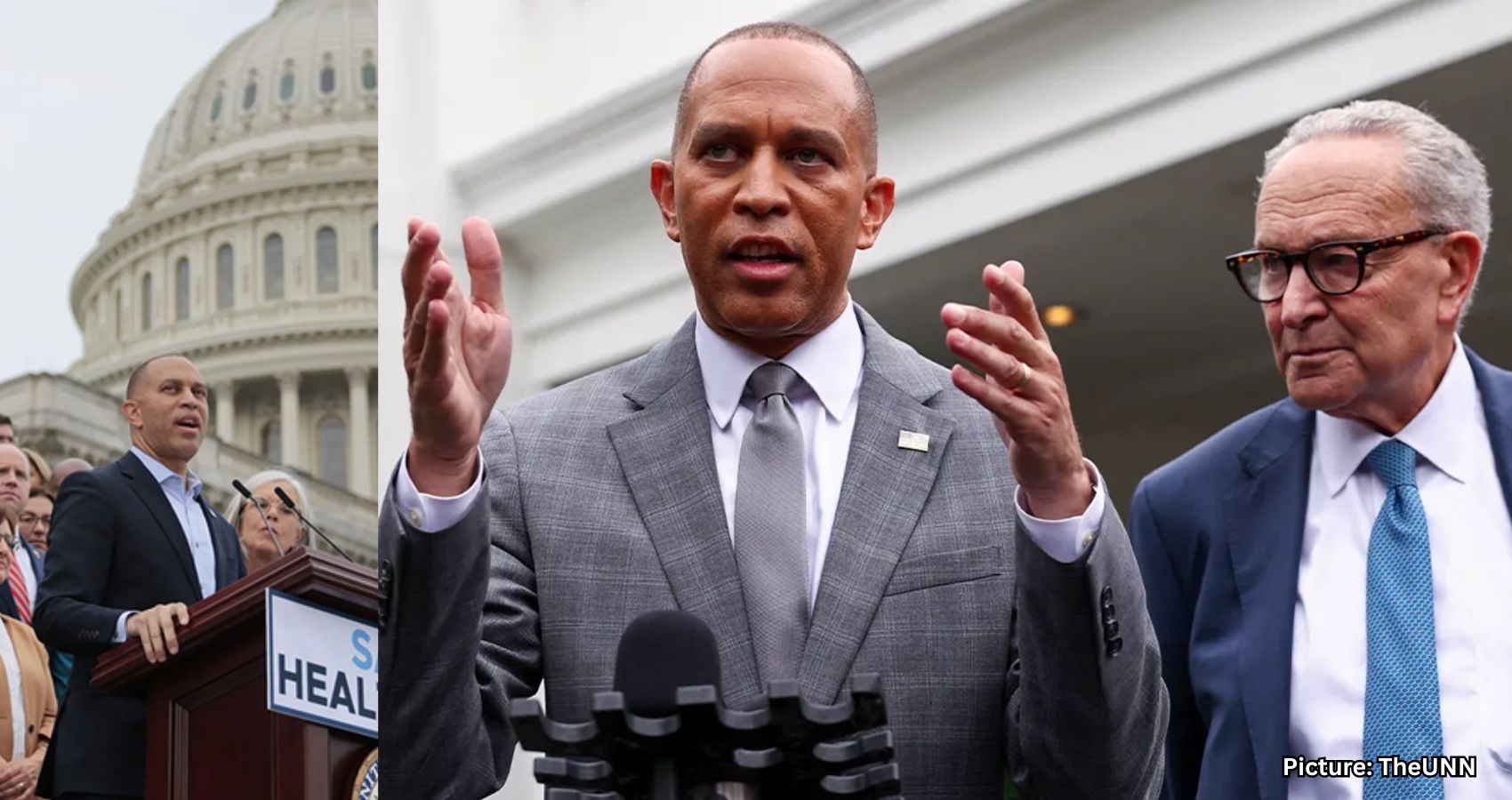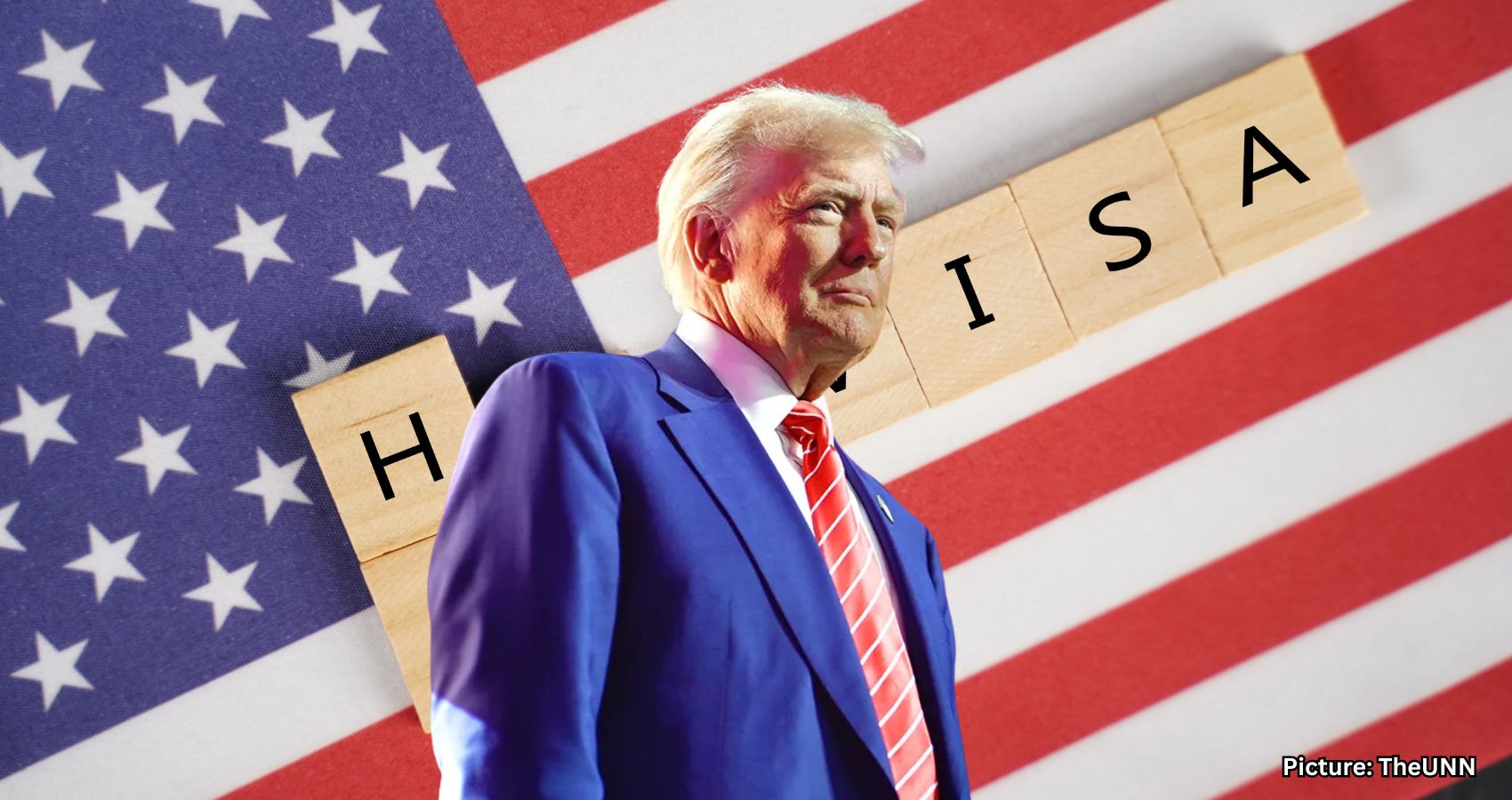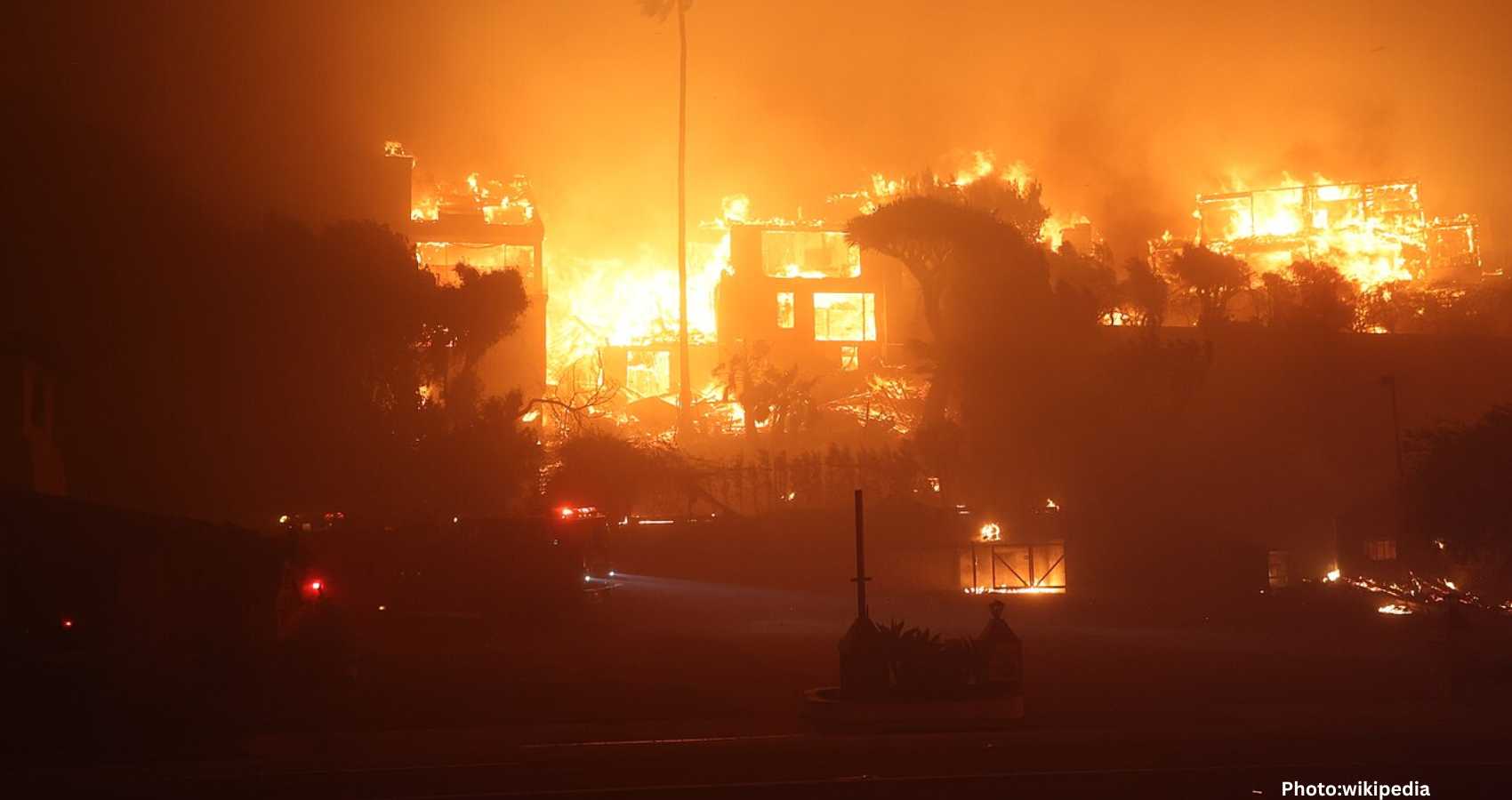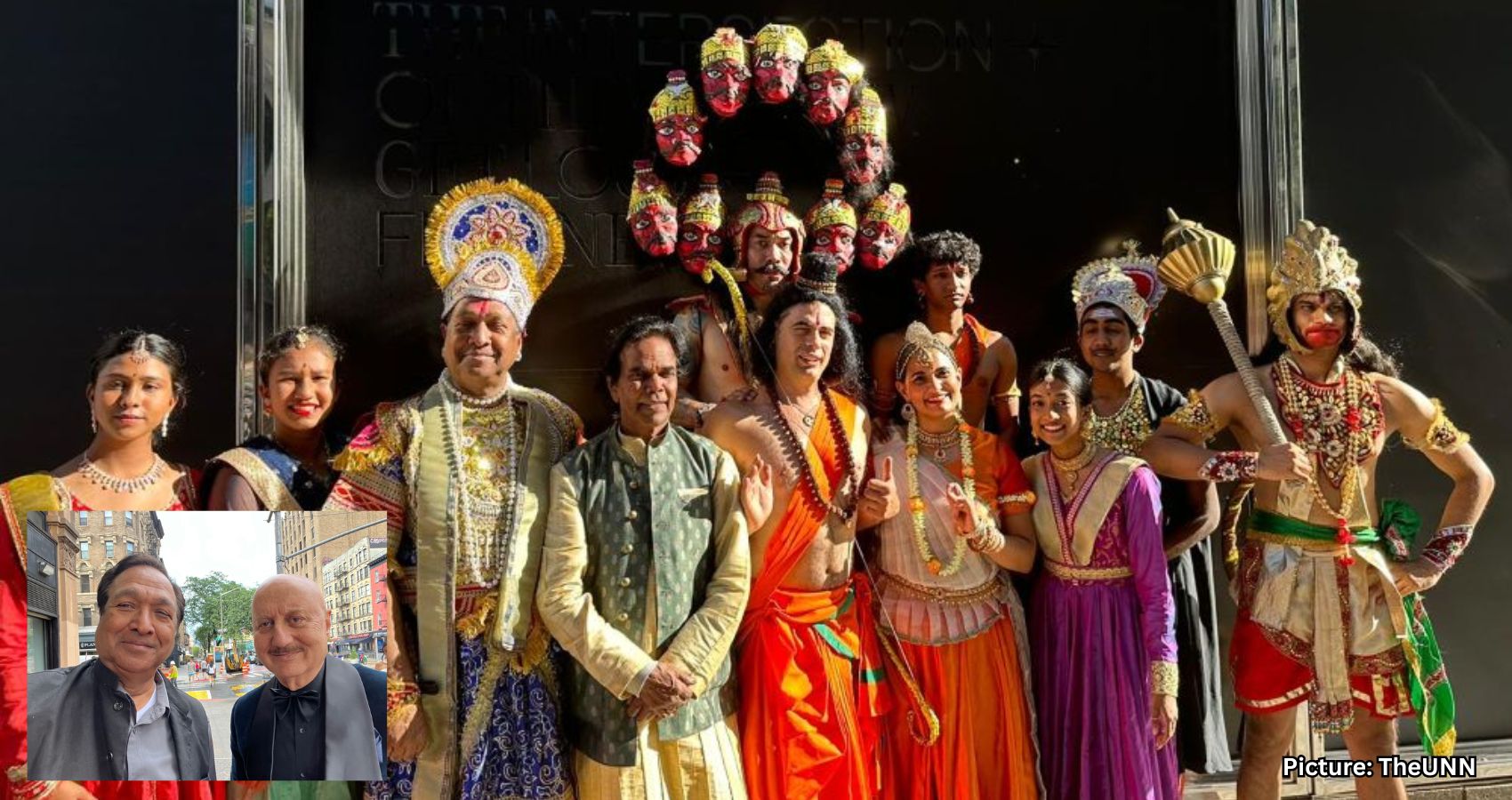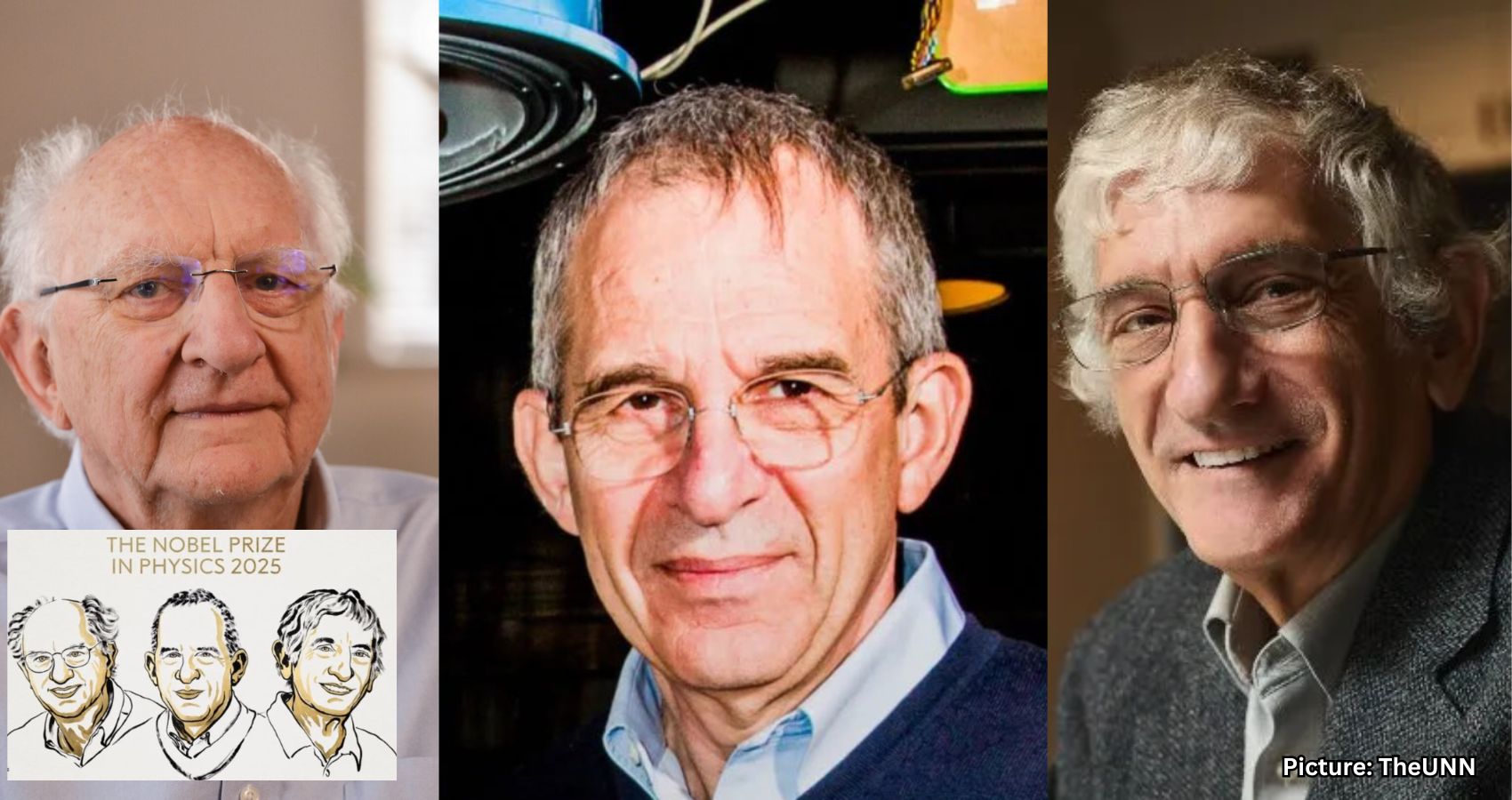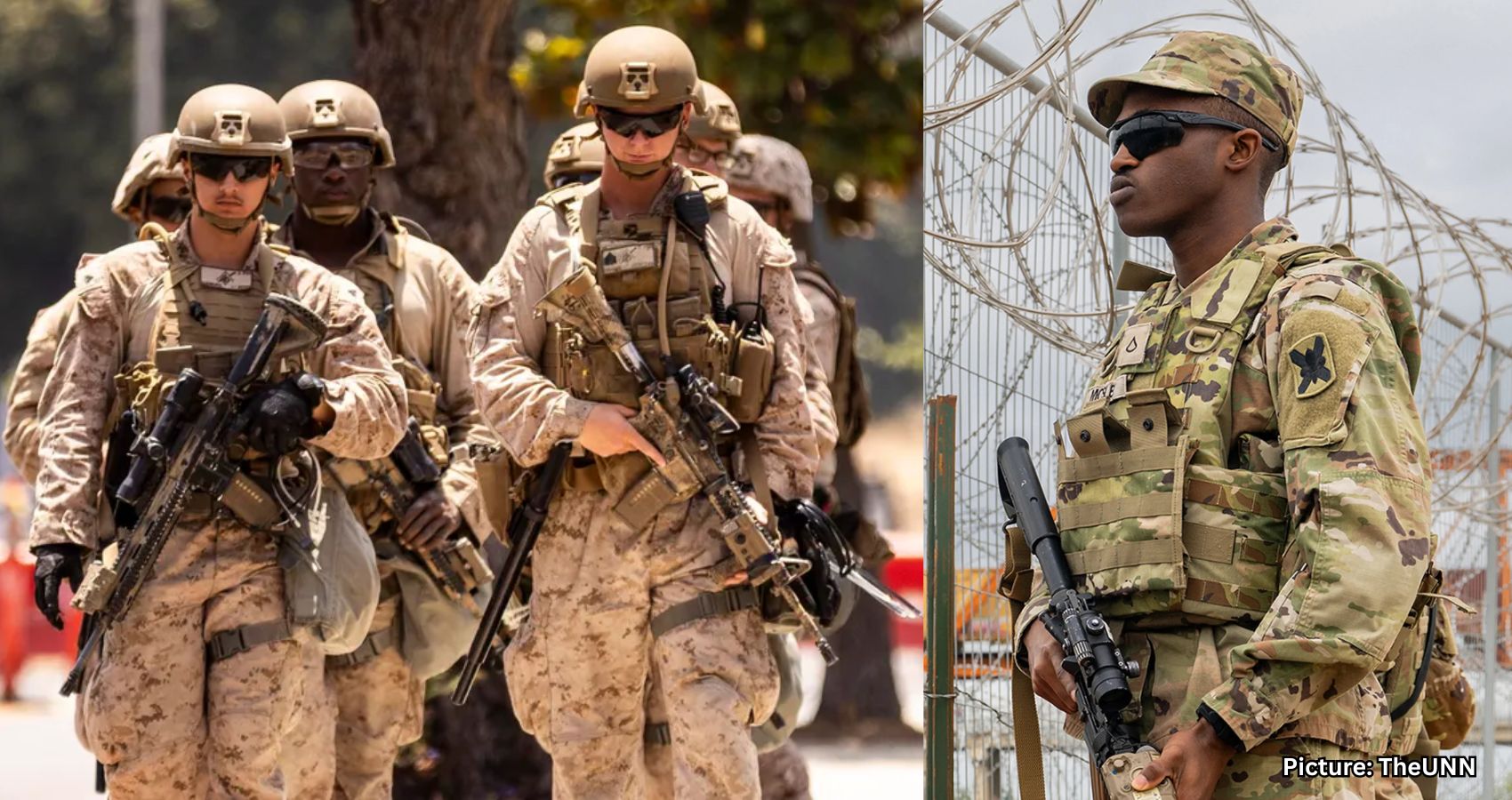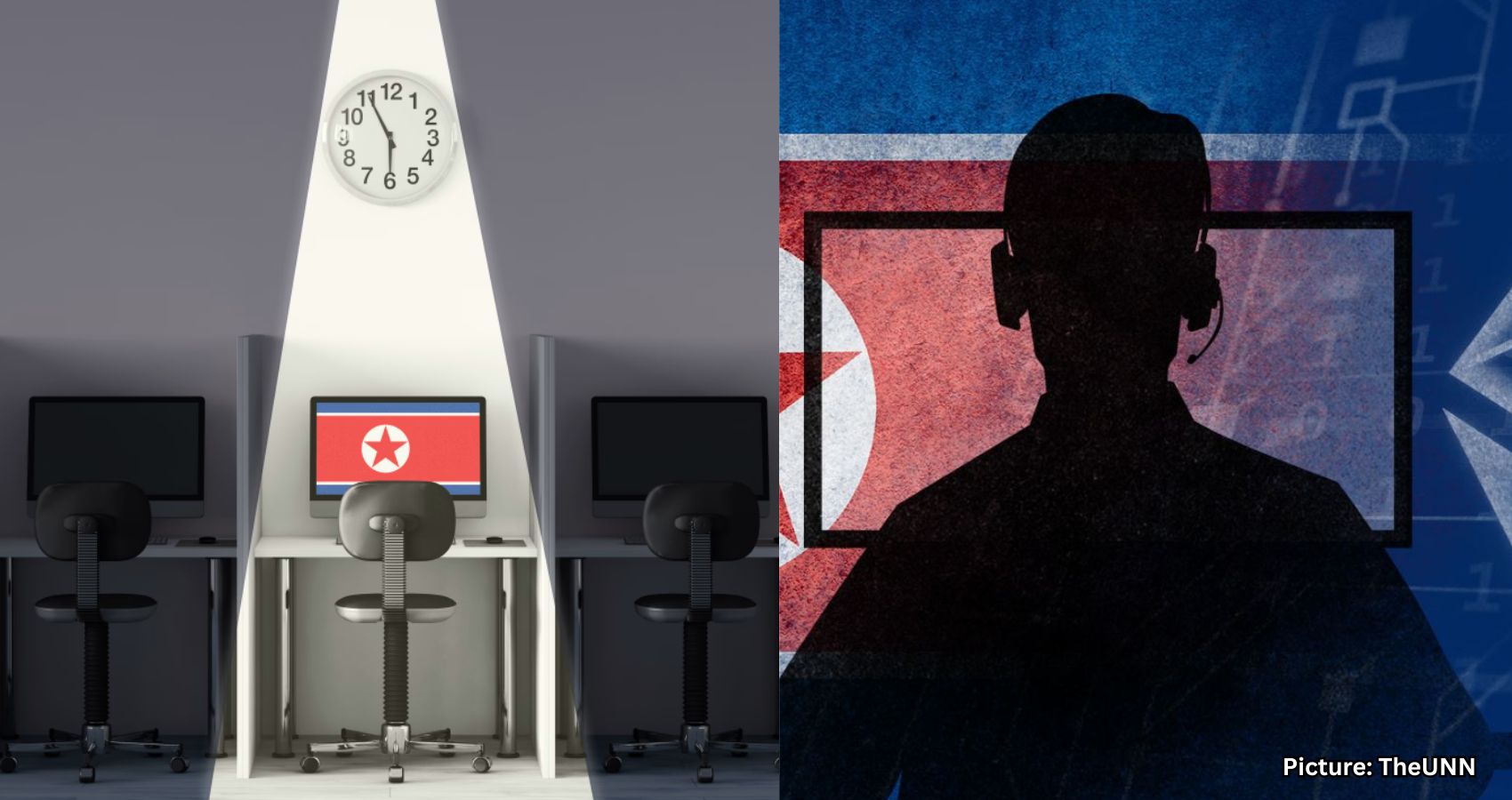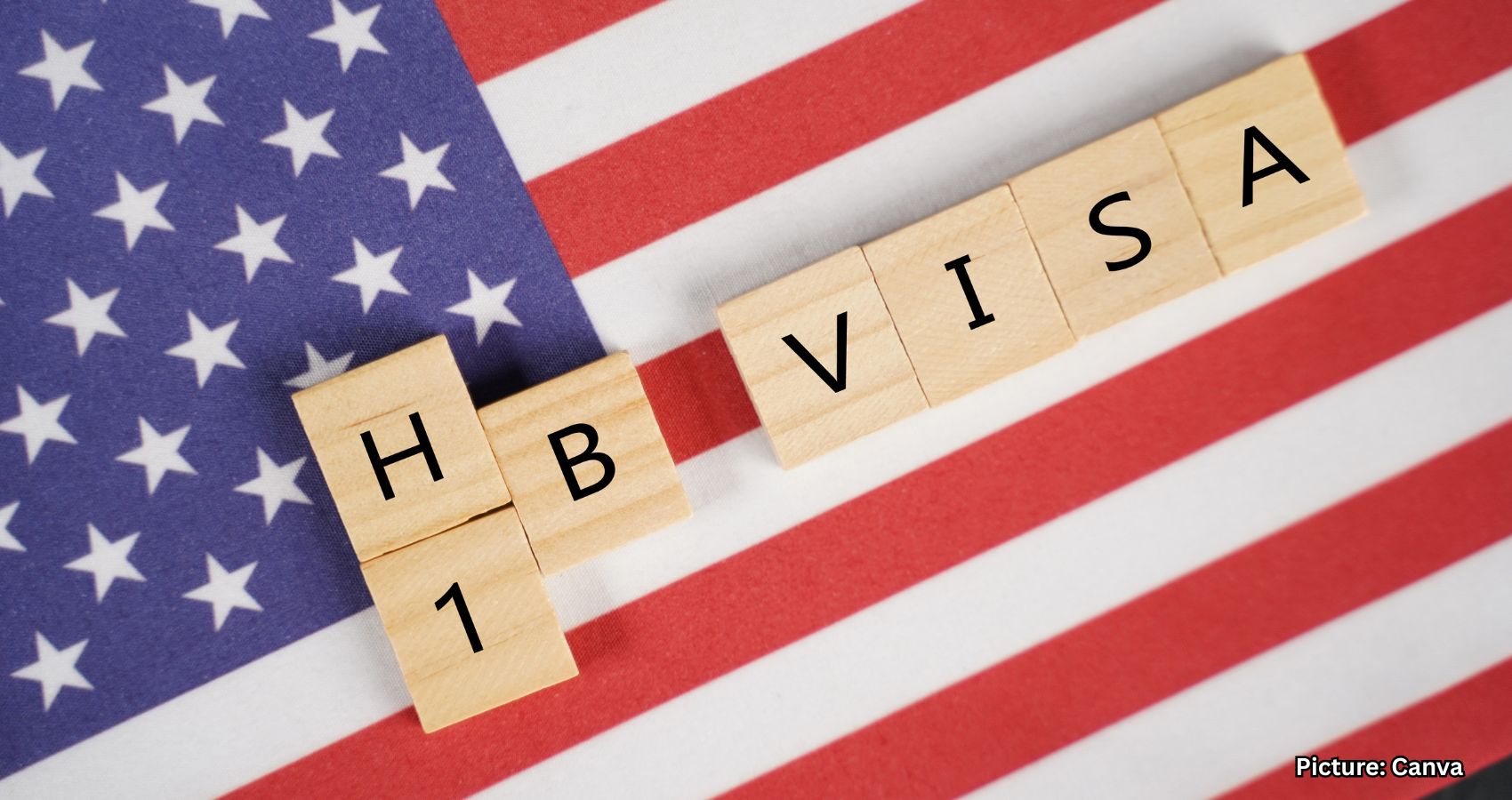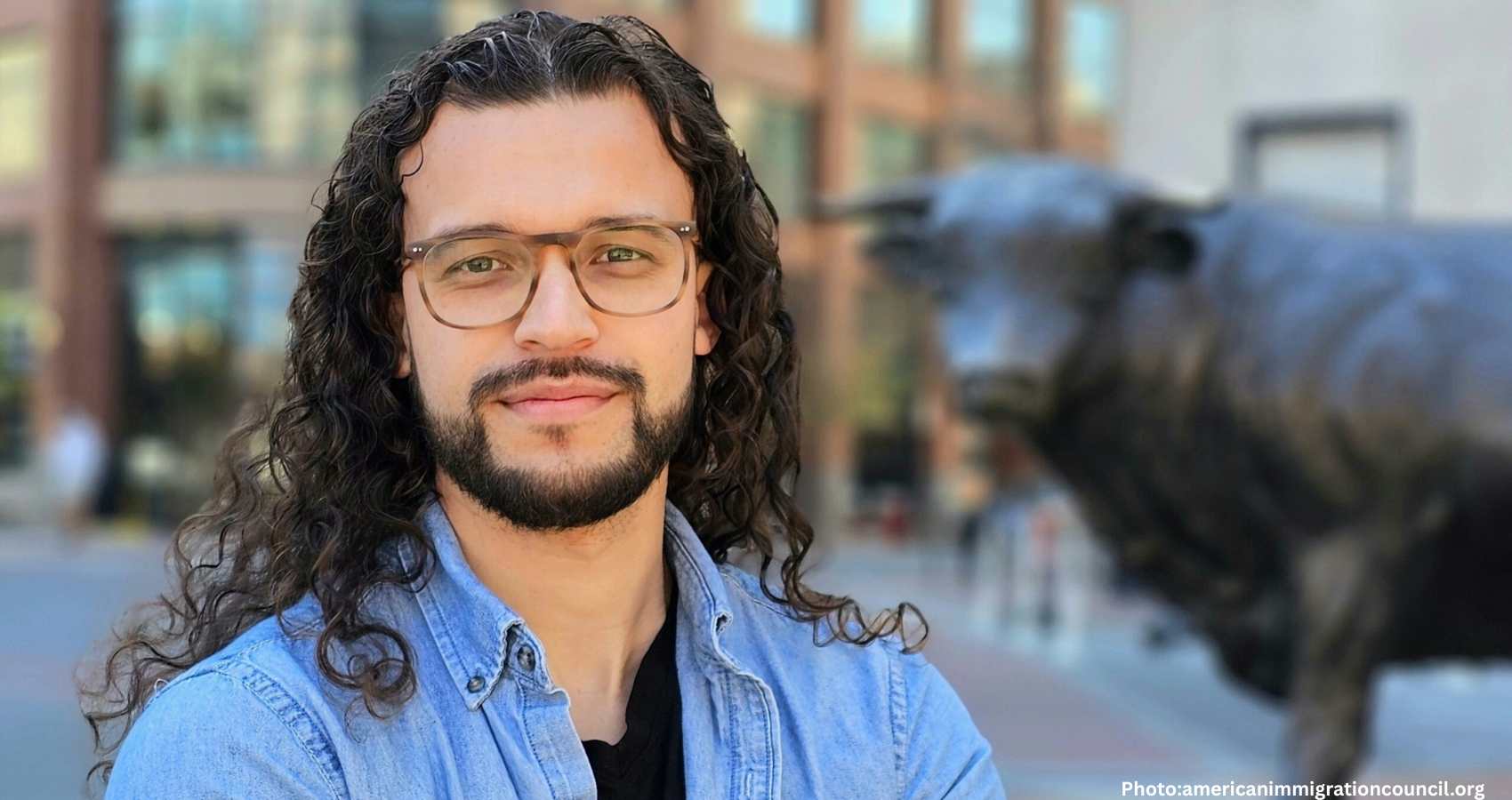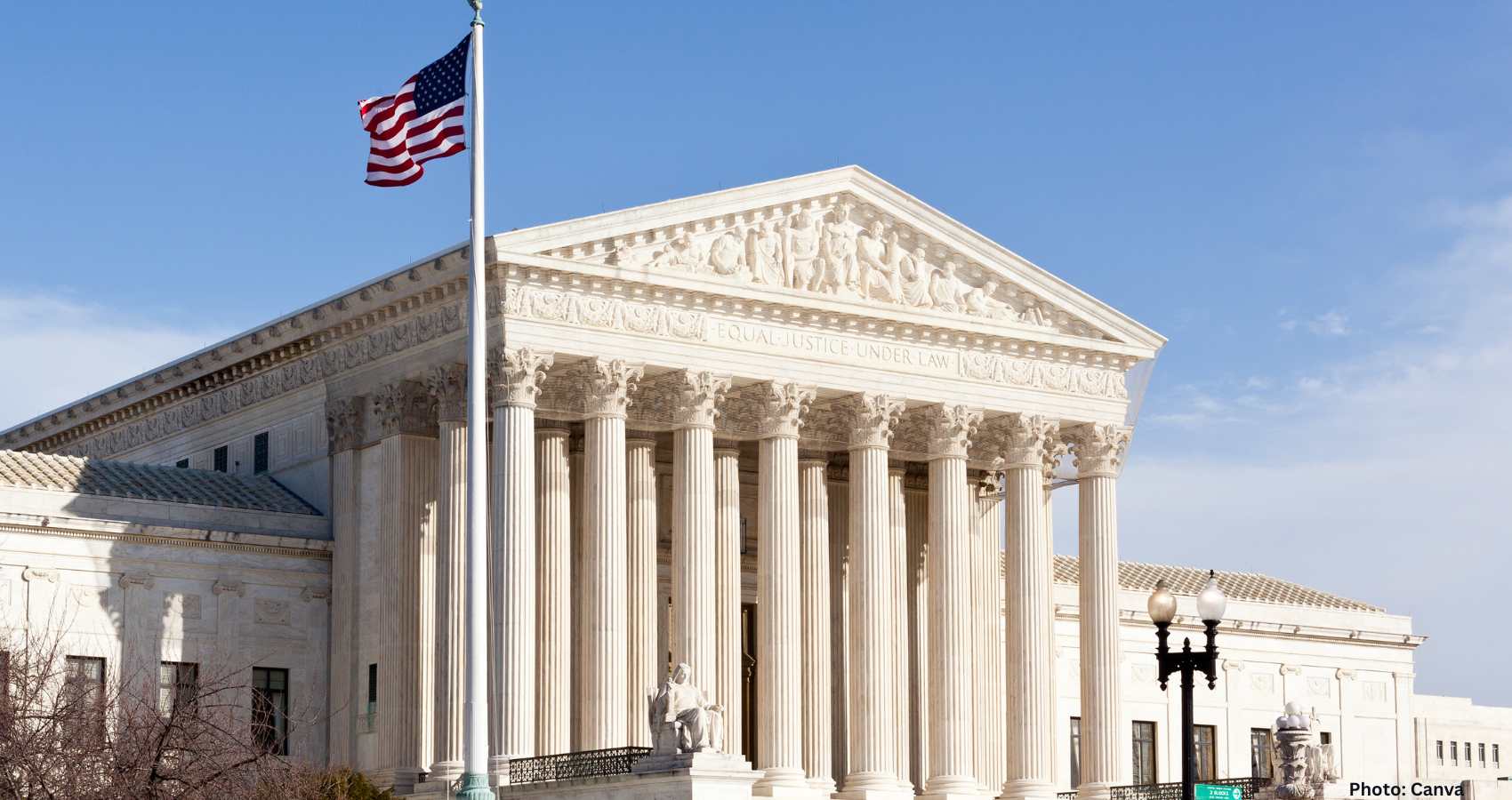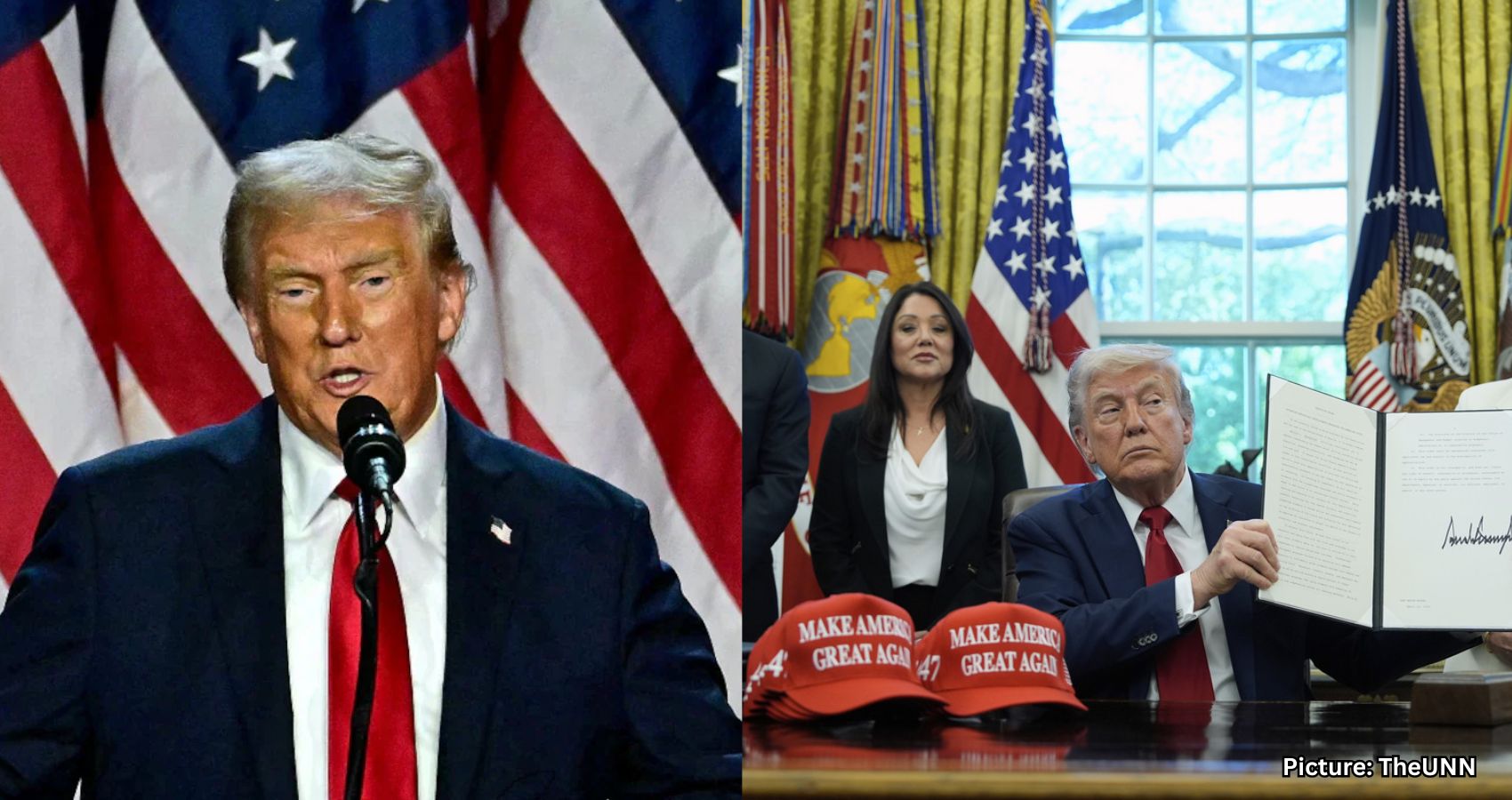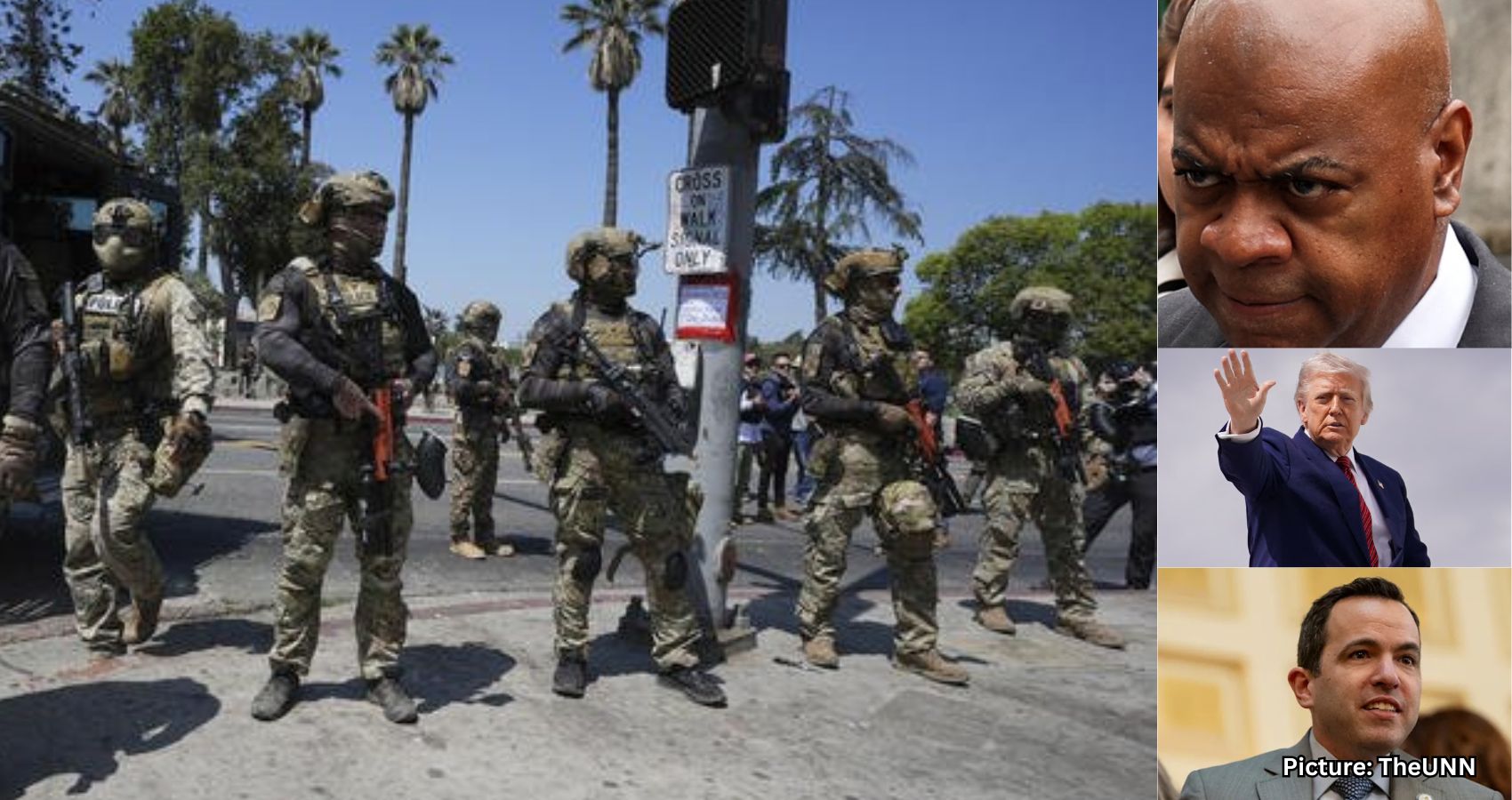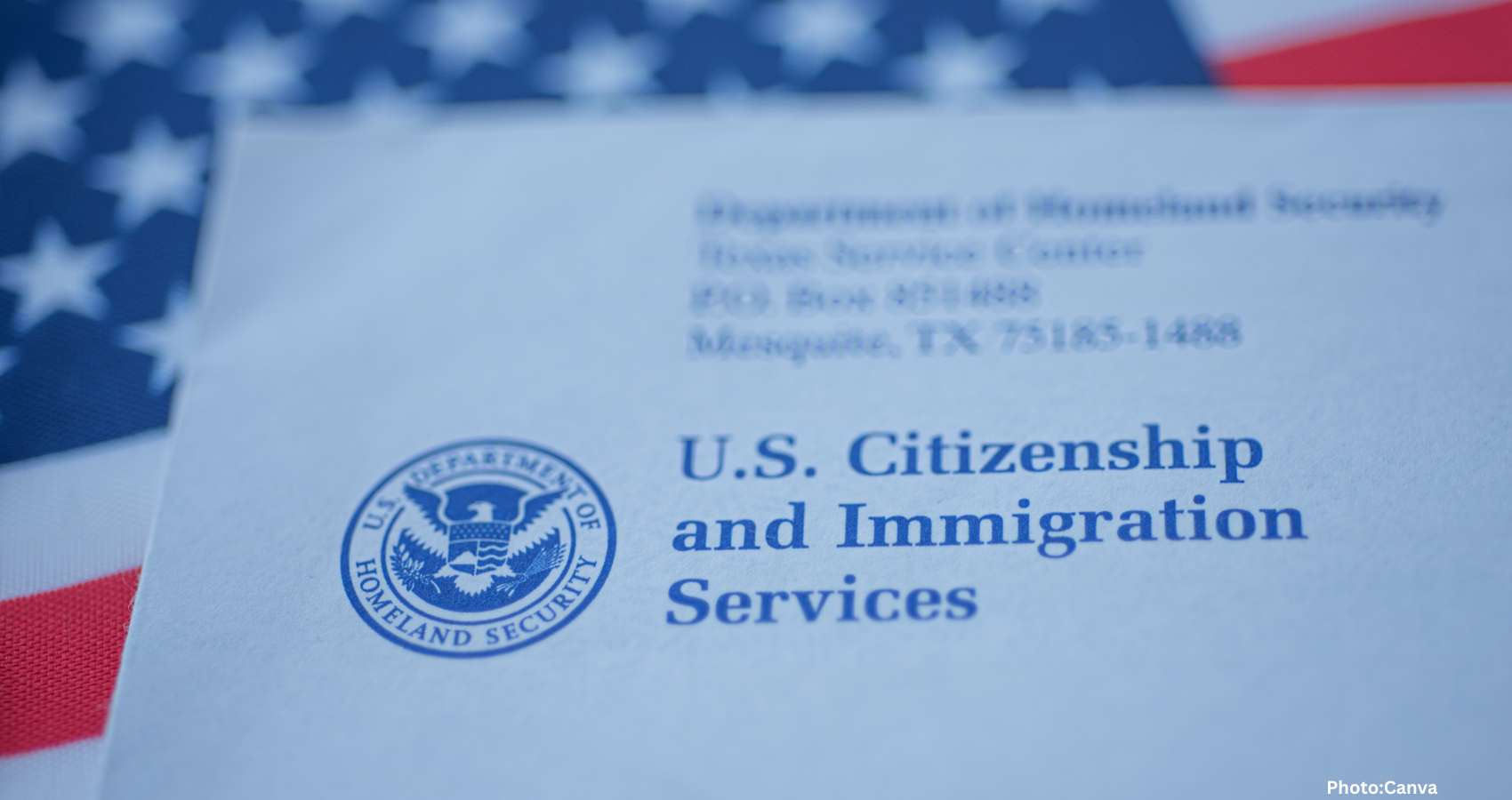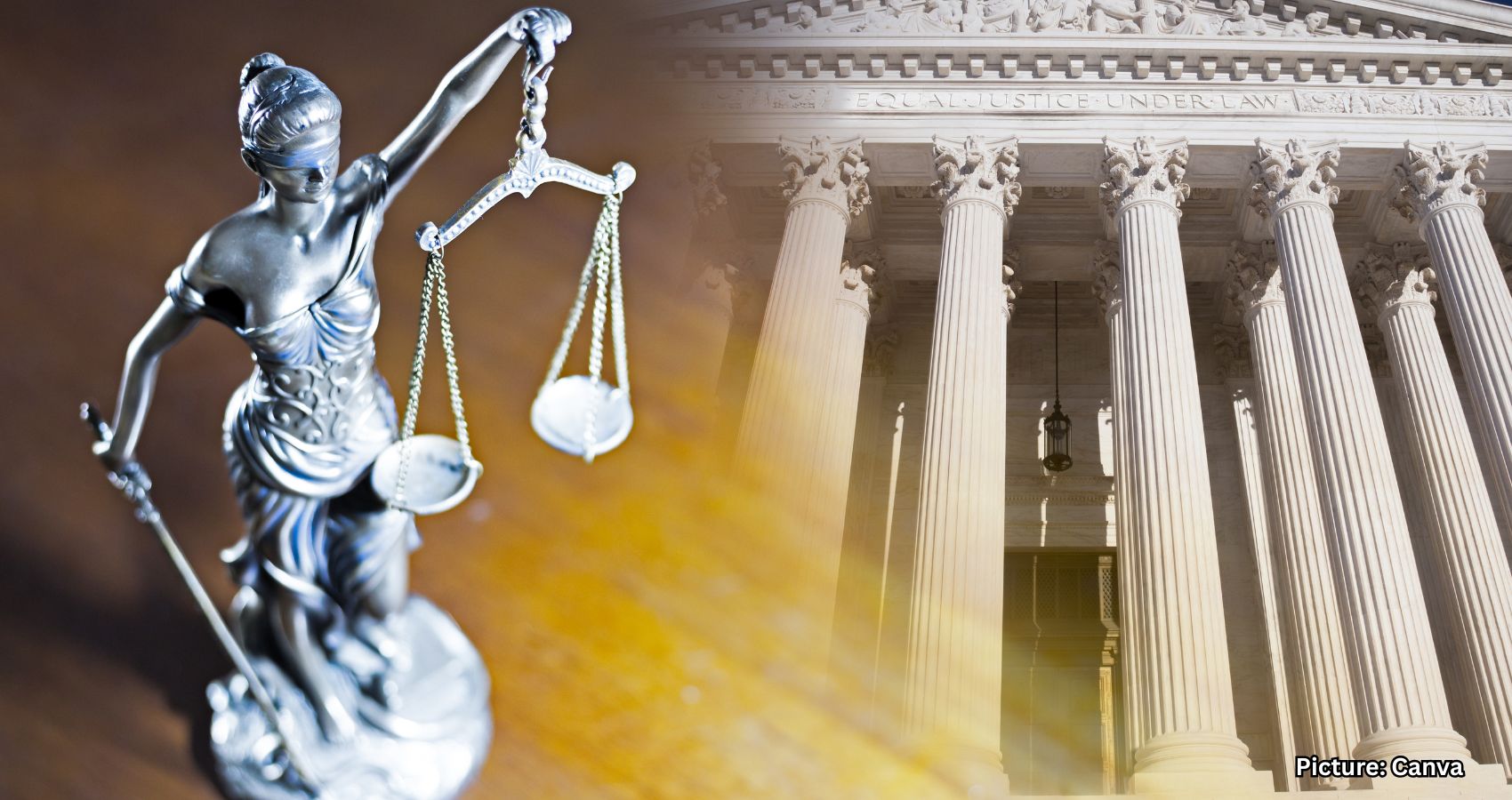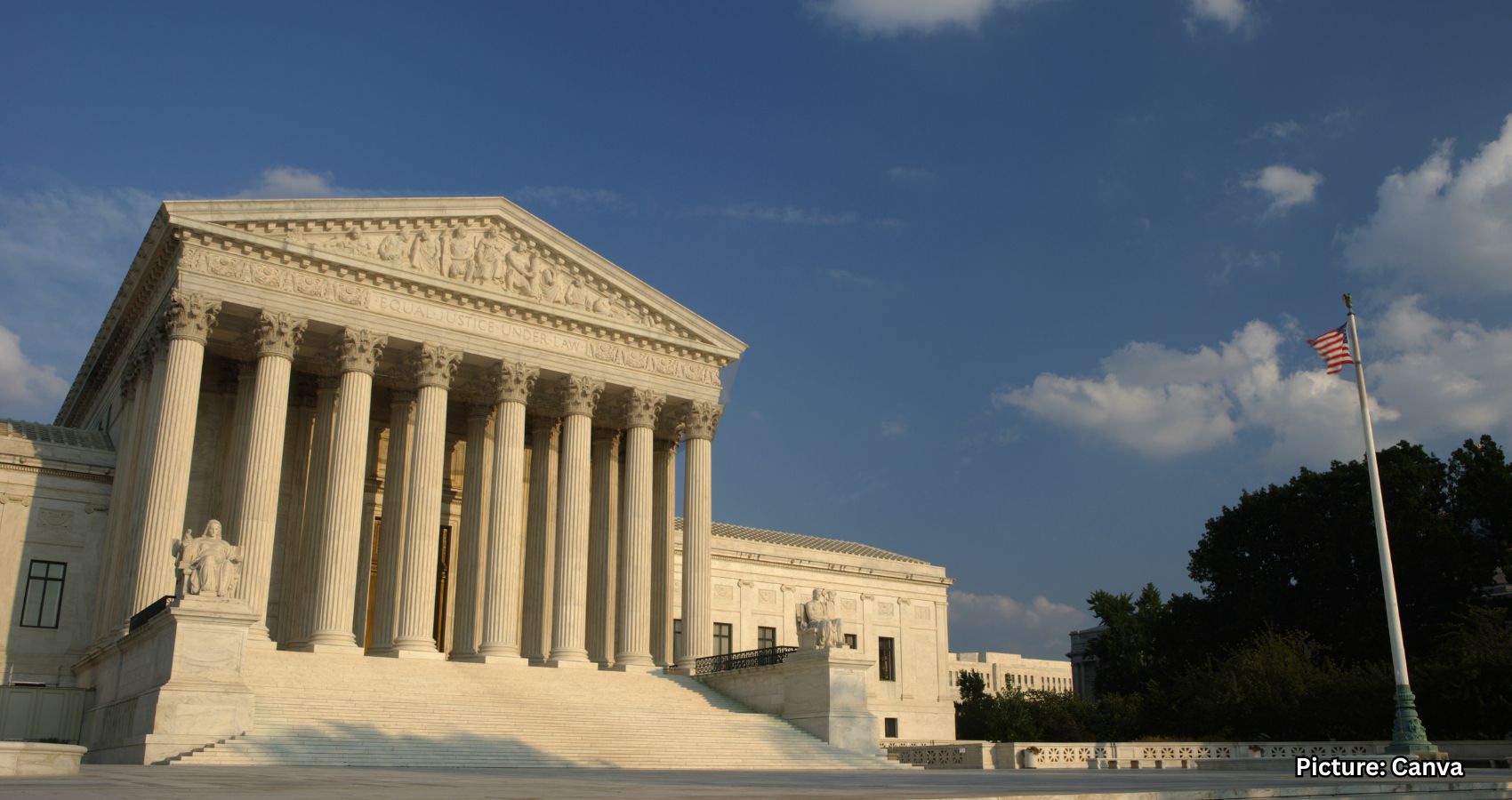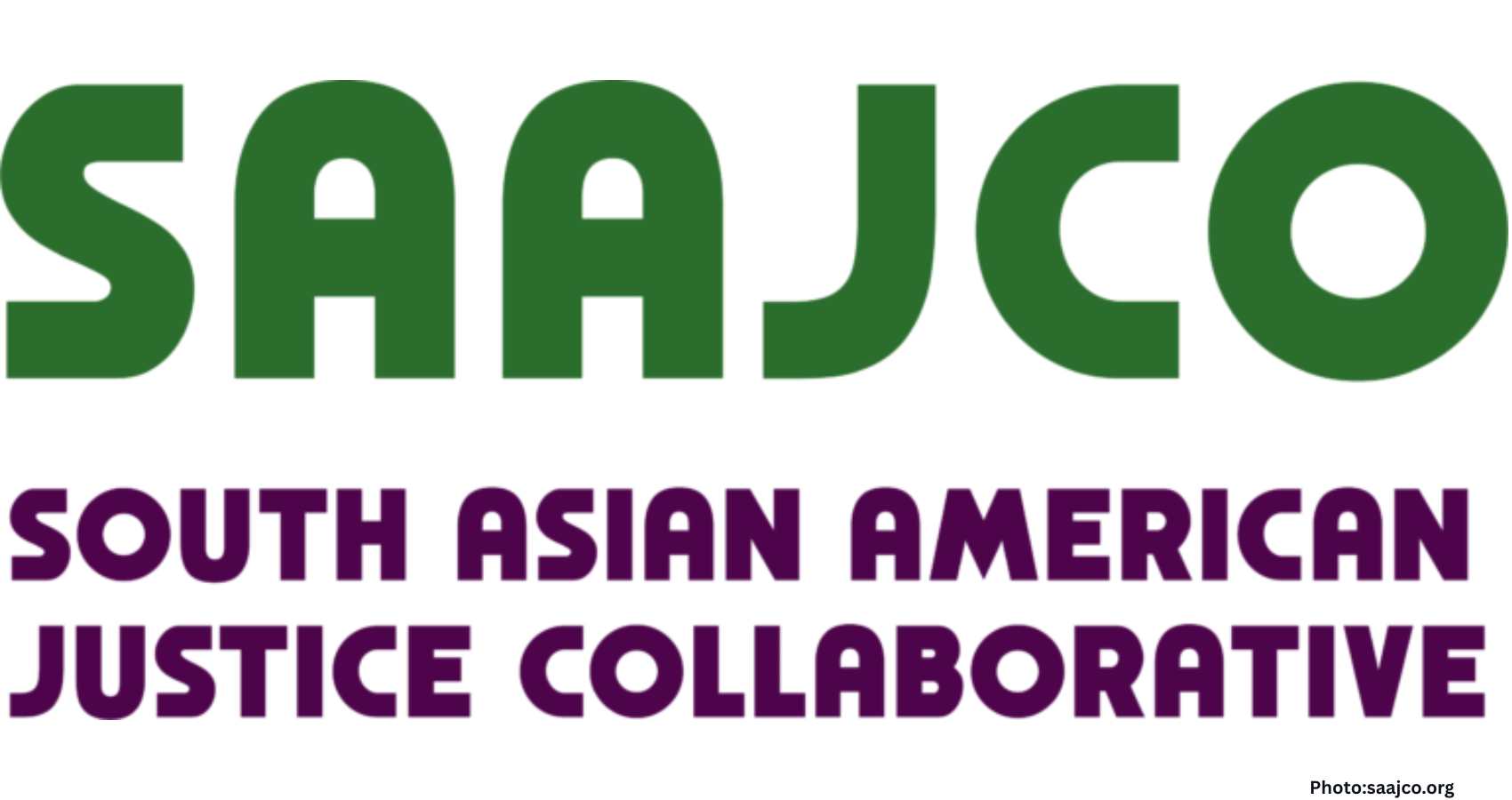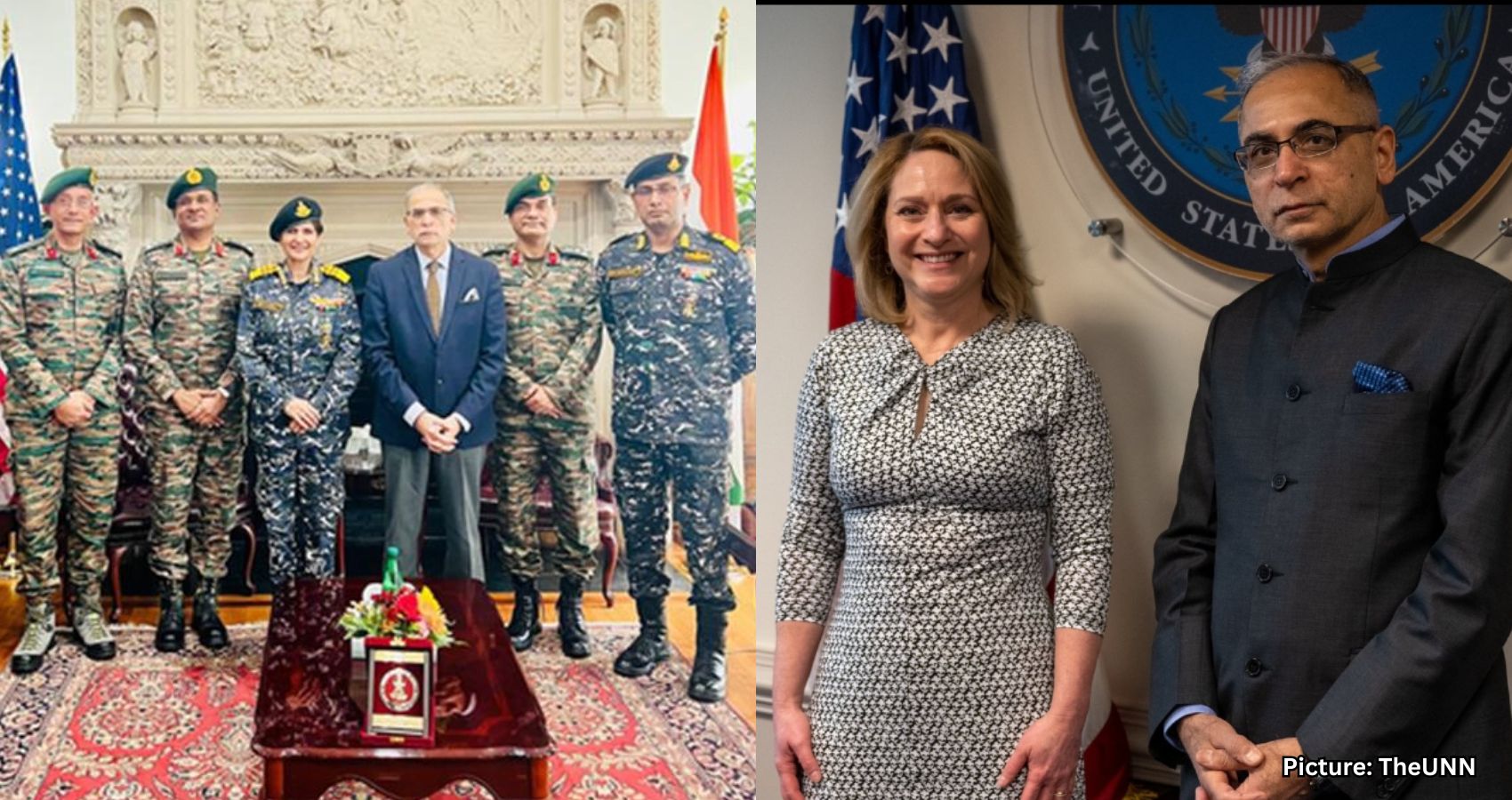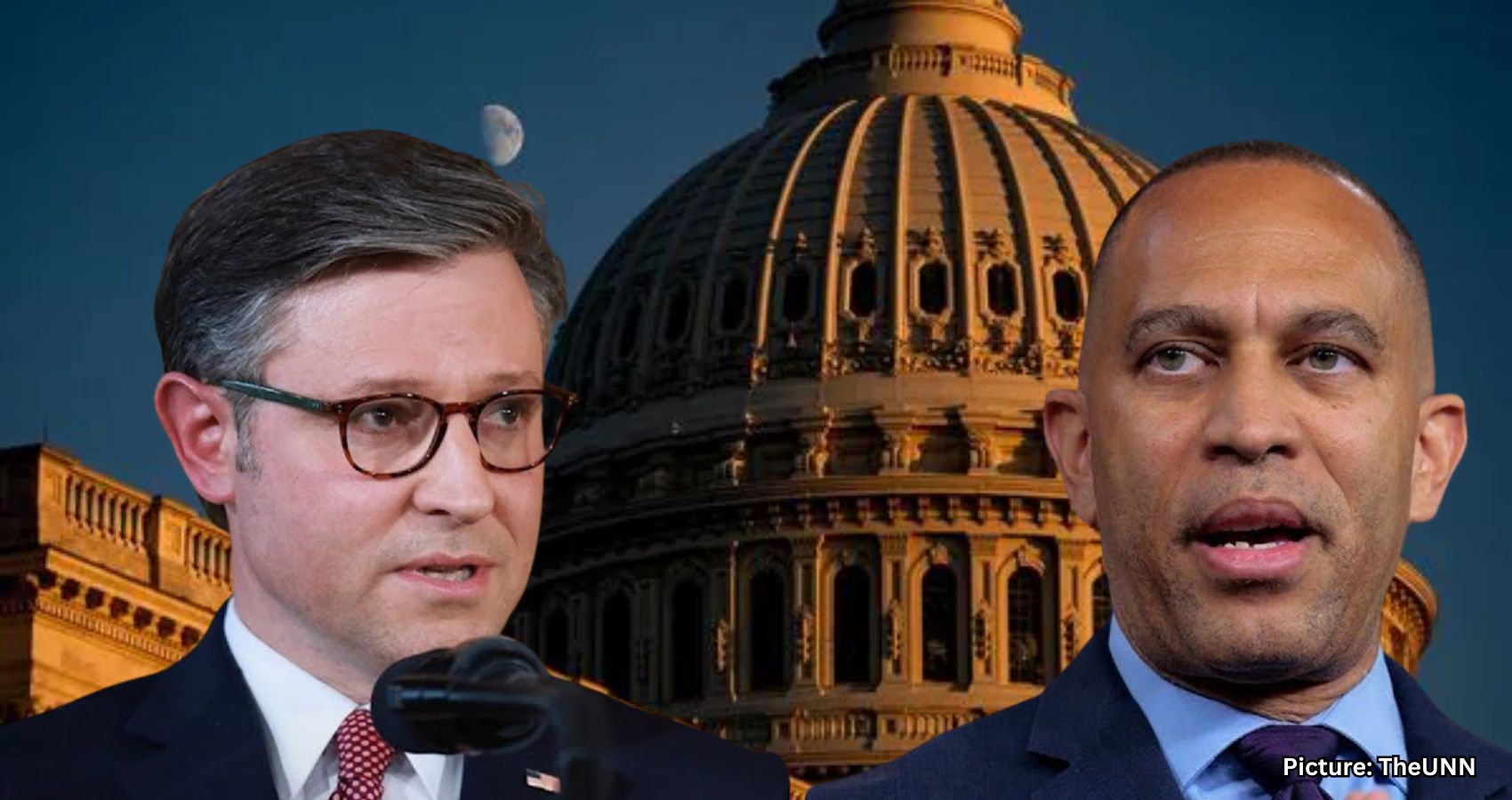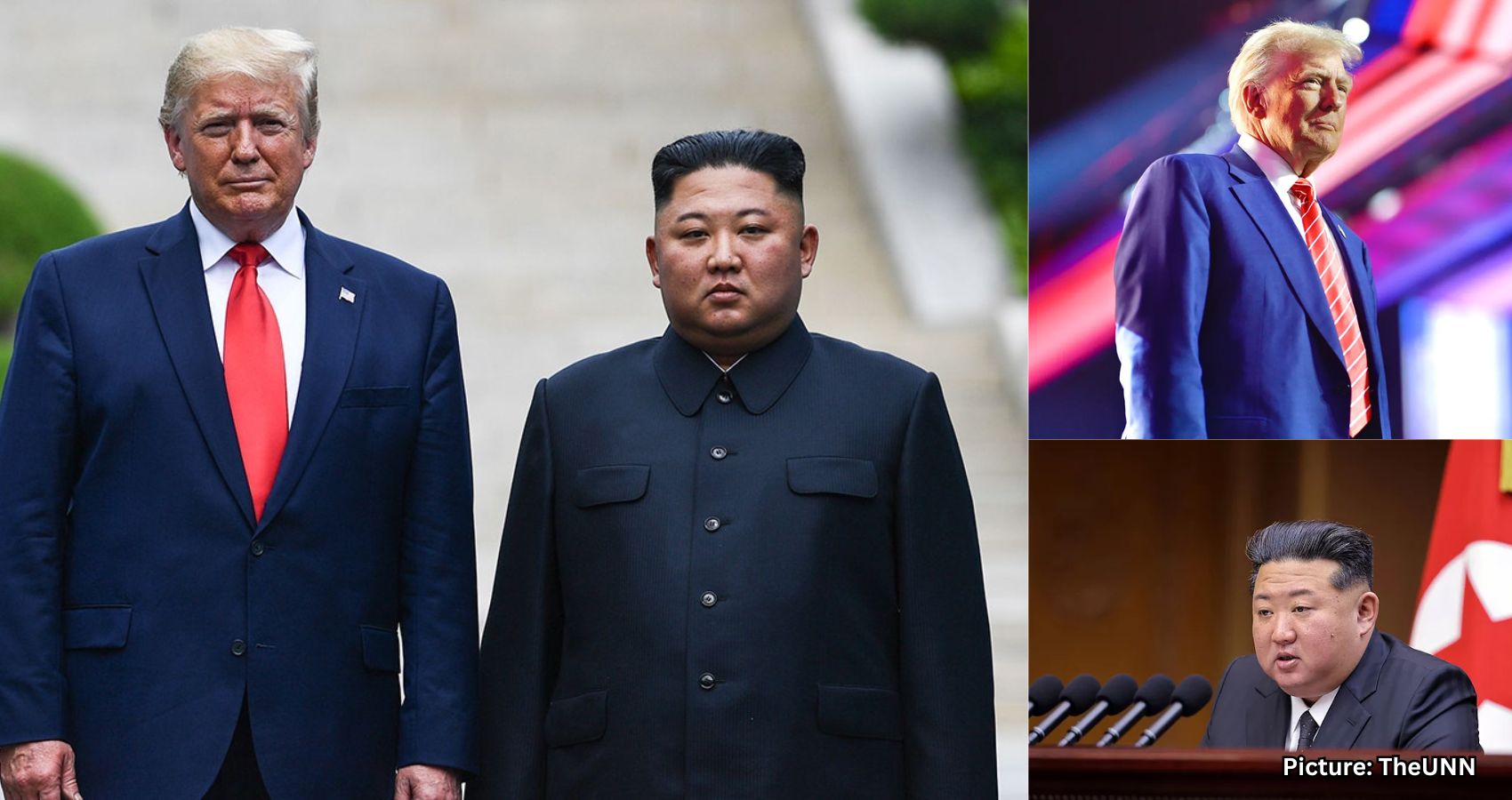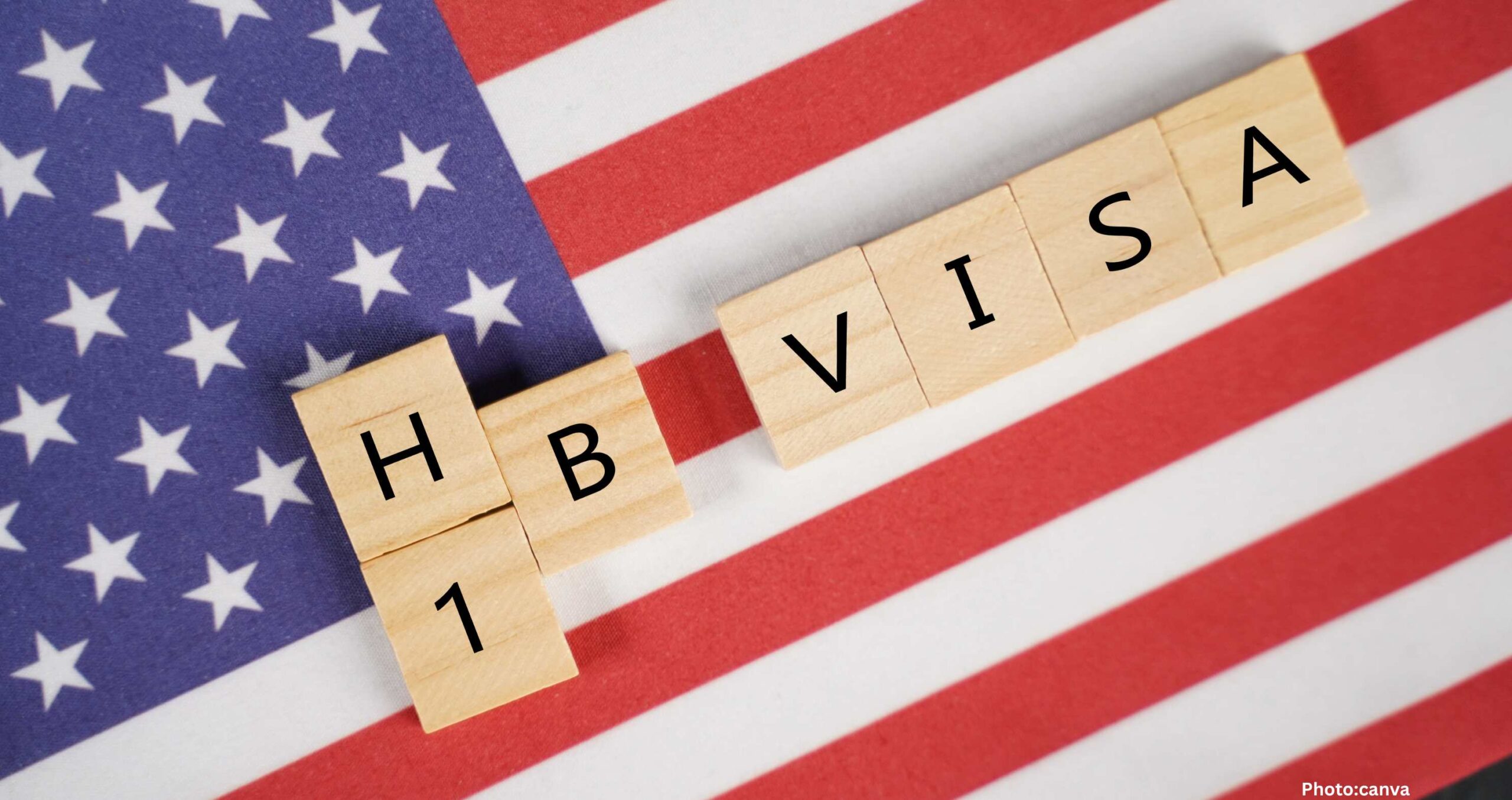Domestic violence is a pervasive issue that transcends cultural boundaries, affecting individuals and families across various communities, particularly within South Asian immigrant populations.
“Although I wish I had recognised the abuse earlier, talking to someone openly and honestly about what I have experienced helps me understand that I am not to blame,” shared an anonymous domestic violence survivor.
Domestic violence (DV) occurs when one partner exerts control over the other through physical, emotional, psychological, or sexual abuse. While the abuser may often be perceived as the “bad person,” the reality is that both partners, along with their children, are deeply affected by the dynamics of violence.
At its core, domestic violence violates the fundamental human right to live safely and free from harm. It is the responsibility of individuals and society as a whole to recognize, intervene, and protect this right. Without timely intervention, the psychological and emotional consequences can be devastating, leading to isolation, depression, and long-lasting trauma.
Common assumptions often portray domestic violence as primarily a husband’s abuse of his wife. However, this stereotype fails to capture the full spectrum of the issue. Men can also be silent victims, and abuse can occur in both heterosexual and same-sex relationships. Therefore, it is crucial to assess domestic violence without bias, paying attention to the subtle dynamics at play.
Within the Indian immigrant population in the U.S., domestic violence presents particularly complex challenges. Studies indicate that South Asian women, including Indian immigrants, report alarmingly high rates of domestic violence, with lifetime prevalence as high as 77%. This violence manifests in various forms—physical, emotional, and sexual abuse—while intersecting with cultural, social, and economic realities.
The repercussions of domestic violence extend beyond individual victims, reverberating through families and communities and creating long-lasting hardship. The impact often destabilizes family structures and strains social systems, affecting not only the immediate victims but also those around them.
Perhaps the most concerning aspect is the intergenerational transmission of trauma. Children who witness or grow up in violent households often internalize these patterns, normalizing violence in their own relationships as they mature. This normalization can leave them vulnerable to anxiety, confusion, and difficulties with emotional regulation.
In this way, domestic violence evolves from a personal issue into a societal one, perpetuating cycles of harm across generations. To break this cycle, it is essential to raise awareness through education and community campaigns that highlight both the immediate and long-term societal consequences of domestic violence. Such efforts can foster understanding, reduce stigma, and encourage individuals and families to seek support before patterns of violence become deeply entrenched.
Several factors contribute to the prevalence of domestic violence, particularly within South Asian communities. Traditional gender roles and patriarchal structures often create expectations that women must bear the full burden of domestic and emotional labor, while men position themselves as primary providers. This dynamic can be exacerbated by a “scarcity mindset” carried from India, where financial insecurity looms large, leading to projected fears about unemployment or loss of income onto spouses.
Household dynamics can also shift drastically after immigration. In India, many families rely on domestic help, but in the U.S., couples are expected to manage housework themselves. This expectation can lead to frustration, especially when one partner feels unsupported or unacknowledged.
Financial dependency adds another layer of vulnerability. Among Indian immigrants, it is common for one partner to be on a dependent visa, legally barred from working until granted a permit. This dependency can heighten power imbalances and foster resentment within the marriage.
Acculturation stress further complicates the situation. When one partner has adapted to life in the U.S. while the other is newly arrived, the couple may find themselves caught in conflict, struggling between traditional values and the pressures of Western norms.
Isolation from extended family also plays a significant role. Being far from relatives can leave many without a social safety net, intensifying feelings of loneliness and despair. Unfortunately, stigma and shame surrounding therapy often prevent couples from addressing these issues in a timely manner.
A clinical example illustrates the profound impact of domestic violence on children. During a counseling placement at an elementary school, a second grader named Jay (name changed for privacy) began acting out in disruptive and aggressive ways. His teacher described him as loud and uncontrollable, often physically aggressive toward peers.
Initially, Jay presented as cheerful during sessions, but through play therapy, he began to reveal more about his inner world. Using figurines, he reenacted scenes of conflict between a couple, sharing that he could hear his parents fighting at home. Although his parents believed they were arguing quietly, Jay was still able to perceive the tension and hostility, leaving him confused about his perceptions. His bottled-up frustration and helplessness surfaced in his behavior at school.
When this issue was addressed collaboratively with his parents and teacher, Jay’s classroom behavior improved, and his parents sought couples therapy to enhance their communication. This case serves as a vivid reminder that children, even when not directly targeted, absorb the emotional violence around them and often carry it into their own relationships.
Domestic violence is not merely a private matter between partners; it is a cultural and intergenerational issue that requires careful, culturally sensitive intervention. Within South Asian immigrant communities, therapists and professionals must recognize the unique stressors of immigration, financial dependency, and acculturation while validating the universal right of every individual to safety and respect.
Domestic violence should be reframed not as a matter of shame but as an urgent social and psychological concern. Seeking help is both necessary and courageous. Addressing domestic violence openly can prevent the silent transmission of trauma across generations and pave the way toward healthier, more respectful relationships.
Source: Original article

